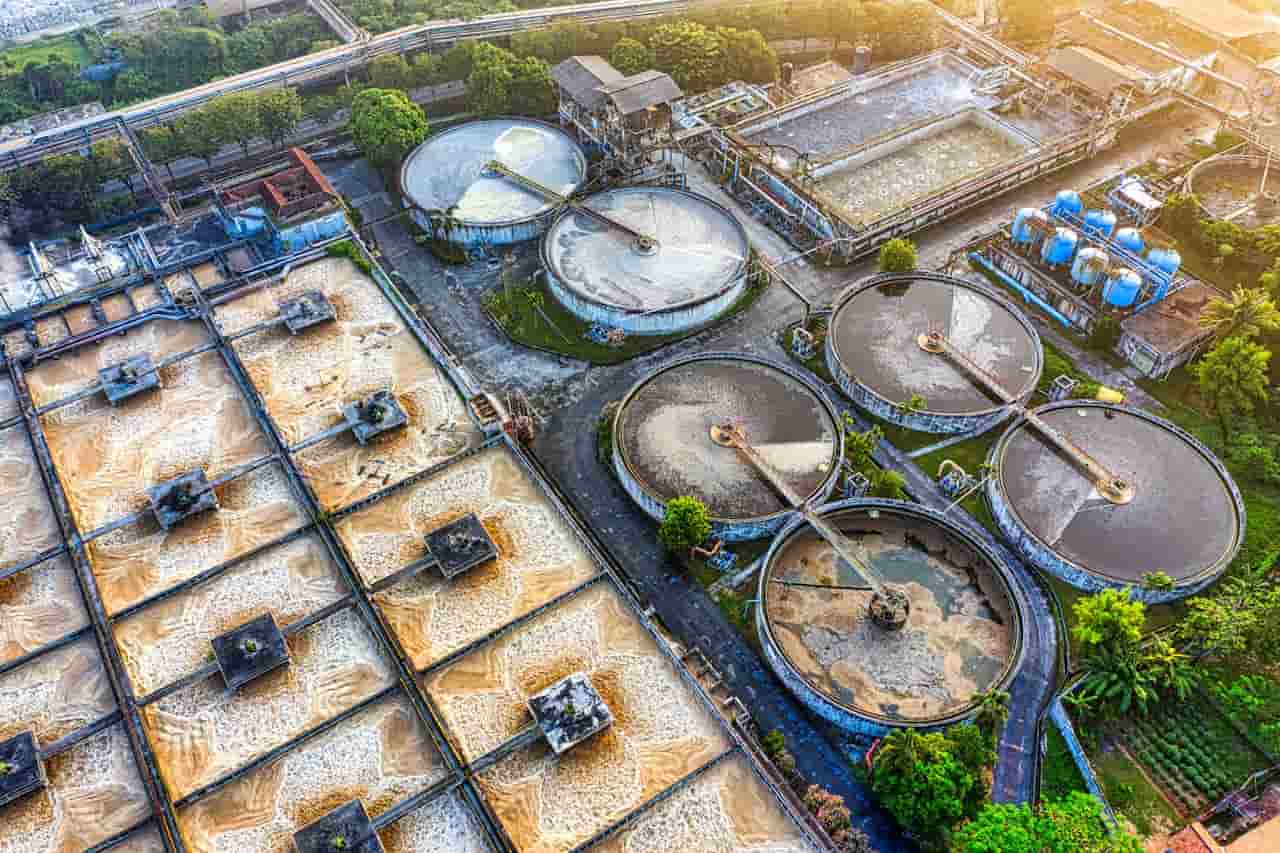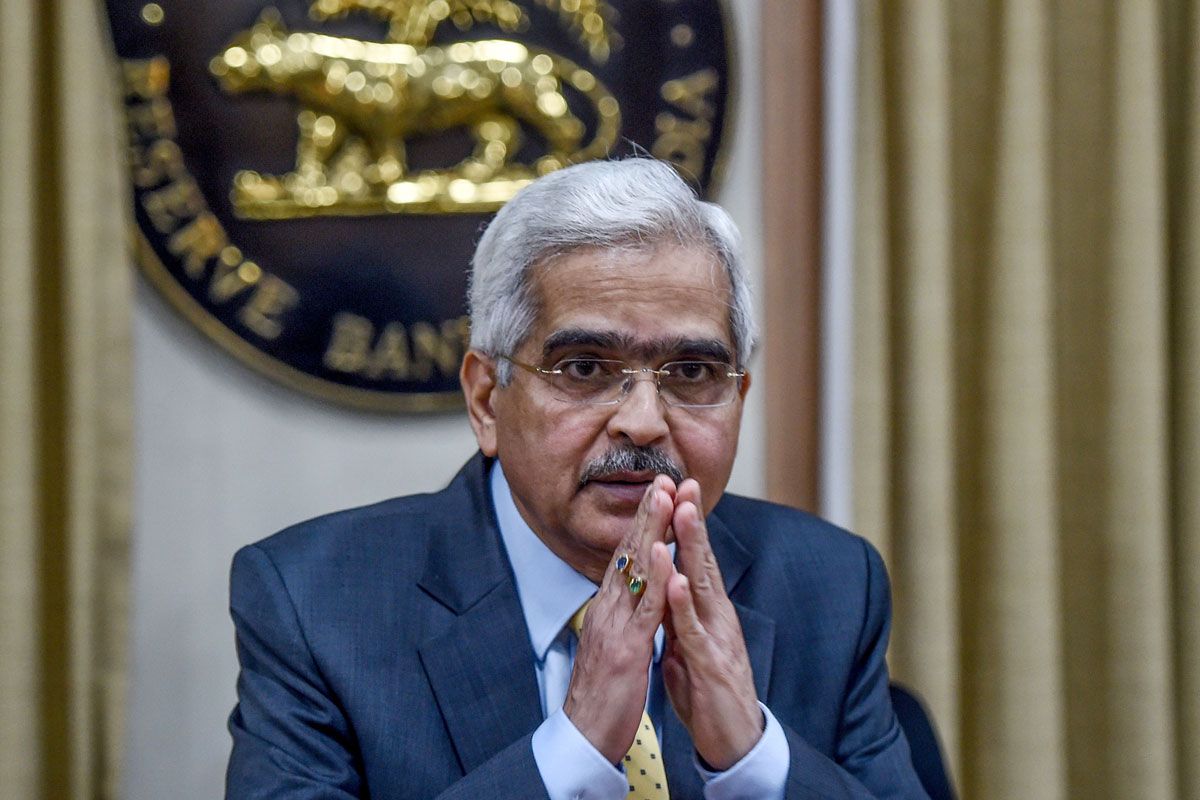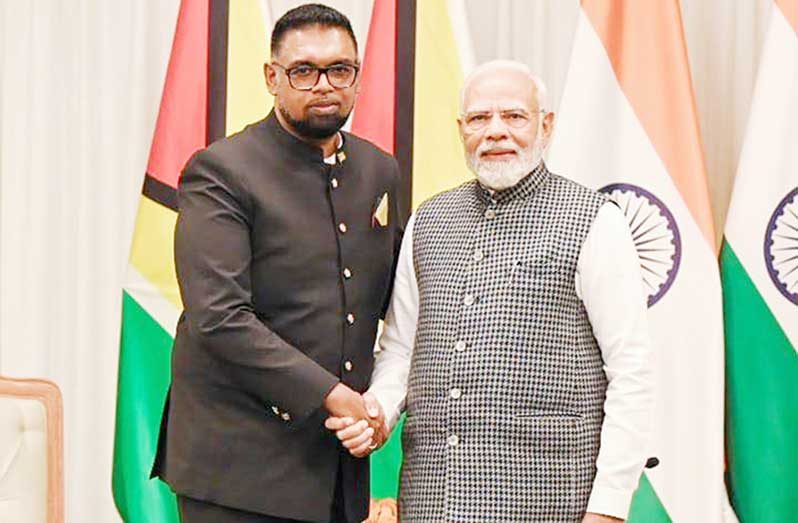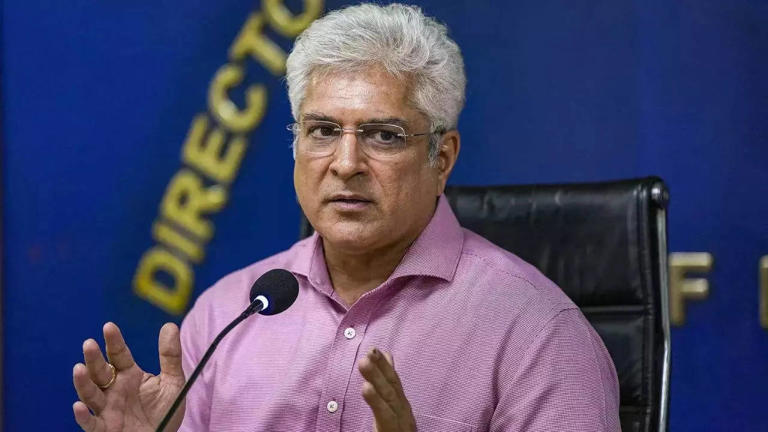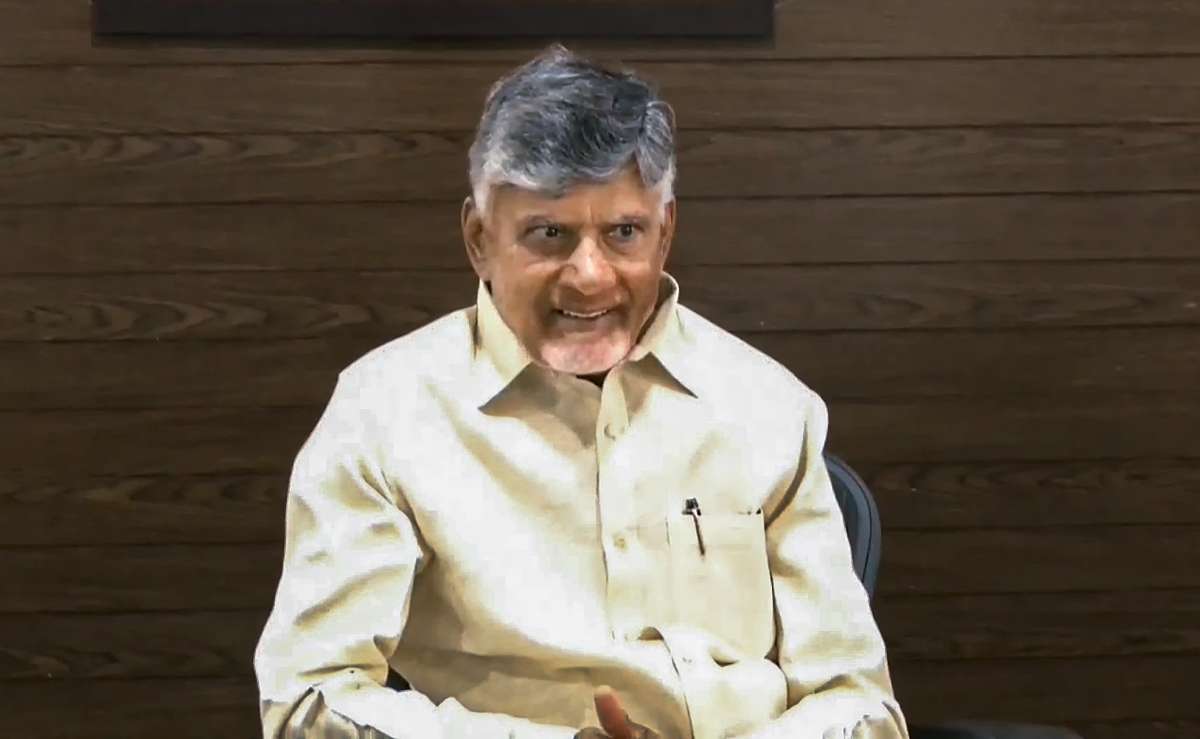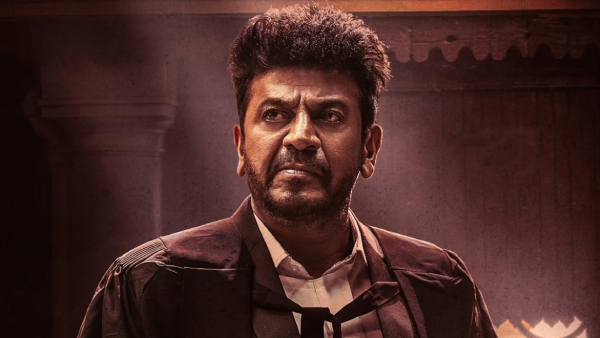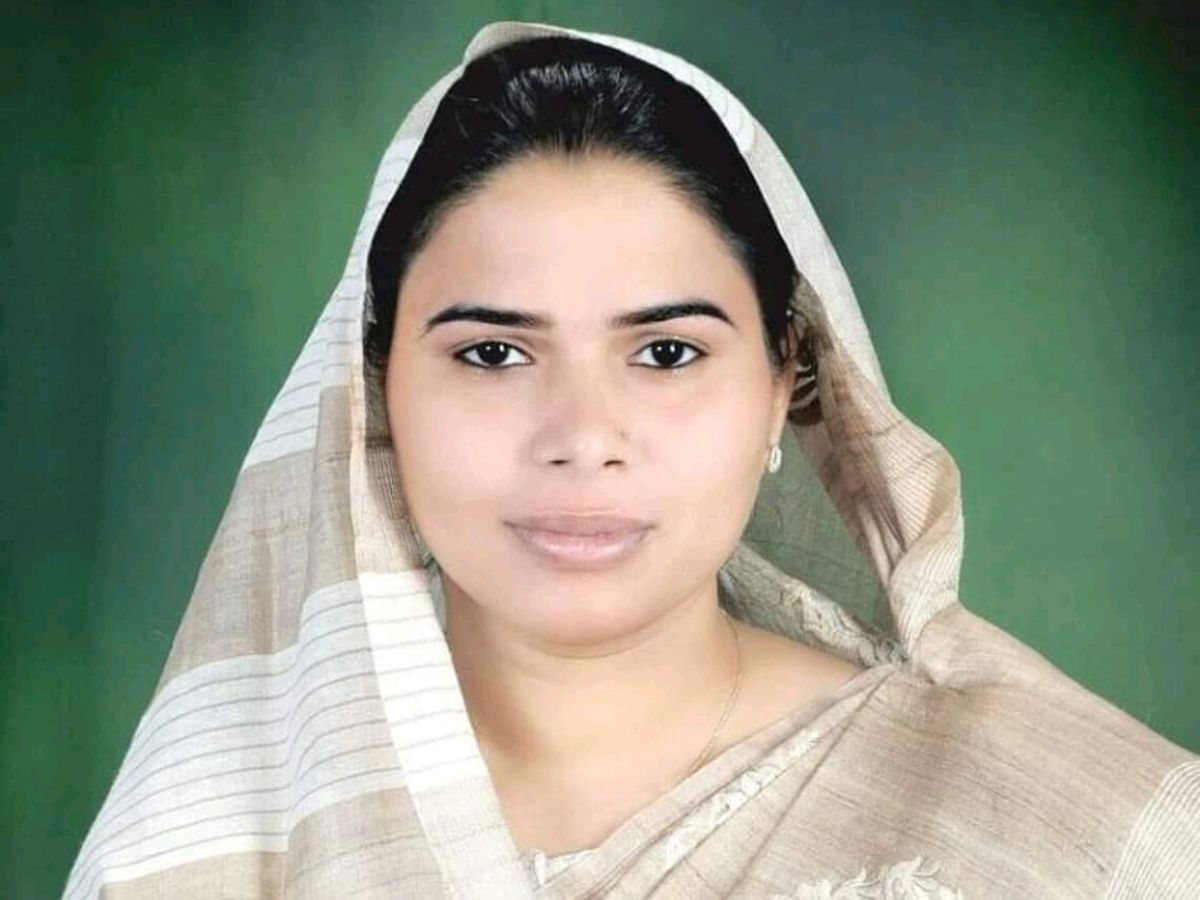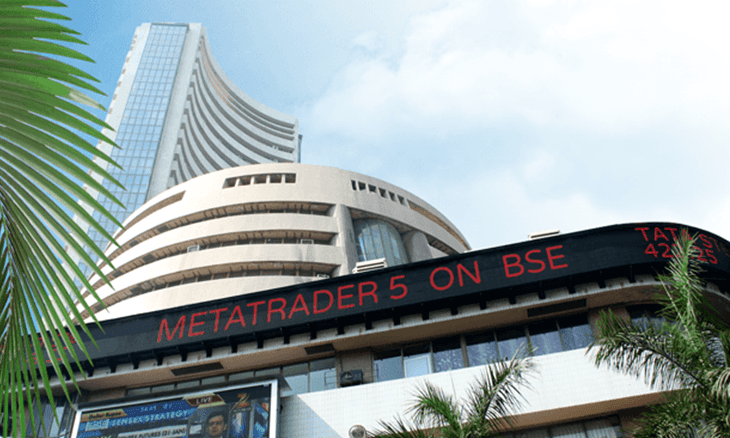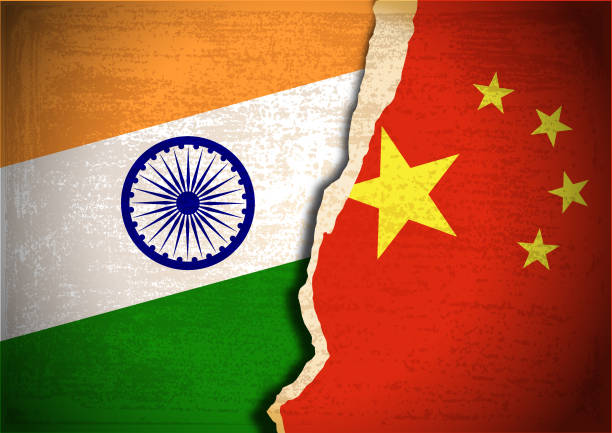Home / art-and-culture / Lucknow: A Glimpse into the Rich Cultural Heritage, Arts, Cuisine, and Timeless Traditions of the Awadhi Capital
Lucknow: A Glimpse into the Rich Cultural Heritage, Arts, Cuisine, and Timeless Traditions of the Awadhi Capital
By: My India Times
5 minutes read 83Updated At: 2024-12-25

Lucknow, often referred to as the City of Nawabs, is a living testament to the grandeur and elegance of Awadhi culture. This heritage, shaped by the rich influences of the Mughal Empire and later refined by the Nawabs of Awadh, offers a glimpse into a world of royal sophistication. The city’s architecture, language, and traditions are deeply intertwined with Mughal and Awadhi influences, making it one of the most culturally significant cities in North India.
The charm of Awadhi culture is evident in the refined manners and etiquettes that define the lifestyle of its residents. The Nawabi way of life is reflected in the city’s hospitality, literature, and arts, where grace, opulence, and intellectualism converge.
Traditional Crafts of Lucknow: Chikan Embroidery and Zardozi Art
One of the crowning jewels of Lucknow’s artistic heritage is its world-famous Chikan embroidery. Originating during the Mughal period, Chikan work is a delicate form of hand-embroidery known for its intricate patterns, soft threads, and elegant designs. It is done on fabrics such as muslin, chiffon, and silk, and often features floral and geometric motifs. The painstakingly detailed work has earned Lucknow its place as a global hub for embroidery, with its products being highly sought after both in India and abroad.
Additionally, Lucknow is renowned for Zardozi embroidery, a technique that involves stitching intricate patterns using gold and silver threads. Zardozi is traditionally used in royal garments and ceremonial attire, making it an essential element of Lucknow's rich cultural and artistic legacy. The city also boasts a thriving market for Brassware, Wooden Craft, and Clay Pottery, with local artisans creating beautiful handcrafted items that reflect the city’s timeless craftsmanship.
Lucknow’s Classical Music and Dance: Kathak and Thumri
Kathak, one of India’s eight classical dance forms, has a strong foothold in Lucknow. The city is known for its distinct style of Kathak that developed under the patronage of the Nawabs, featuring graceful spins, intricate footwork, and expressive storytelling. Kathak in Lucknow is a blend of Persian and Indian traditions, and its performances are an elegant display of rhythm, storytelling, and emotions. The dance is accompanied by classical music and often narrates themes from mythology, poetry, and the lives of saints.
Thumri music, a semi-classical genre that originated in Lucknow, is known for its romantic and devotional themes. It is a melodic and emotional form of music, often performed in intimate settings. Thumri is characterized by its lyrical beauty and is typically sung with instruments like the Tabla and Harmonium, creating a soul-stirring experience. This genre of music has played a pivotal role in defining the musical landscape of Lucknow and continues to be celebrated globally.
Urdu Poetry and Literature: Lucknow’s Literary Legacy
Lucknow has long been a center of Urdu poetry, contributing significantly to India’s literary heritage. During the rule of the Nawabs, the city became a hub for poets and intellectuals, many of whom contributed to the flourishing of Urdu literature. Legendary poets like Mirza Ghalib, Allama Iqbal, and Majaz Lakhnawi are among the many whose works have enriched the cultural fabric of the city. Their poetry, characterized by its depth, beauty, and emotional resonance, continues to inspire readers and writers worldwide.
The Ganga-Jamuni Tehzeeb, the unique blending of Hindu and Muslim cultures in Lucknow, has played a significant role in shaping the literary tradition. This cultural fusion is evident in the poetry, which often explores themes of love, beauty, and longing while bridging religious and cultural divides. Today, Lucknow remains a hub for literary festivals and events that celebrate Urdu literature, bringing together writers, poets, and scholars from across the globe.
Awadhi Cuisine: Famous Dishes like Tunday Kebab and Lucknawi Biryani
Awadhi cuisine is an integral part of Lucknow’s cultural identity, known for its distinctive flavors, slow-cooking techniques, and aromatic spices. The city is particularly famous for its Tunday Kebab, a melt-in-the-mouth delicacy made with minced meat and a blend of aromatic spices. These kebabs are traditionally prepared using a secret recipe passed down through generations.
Another iconic dish is Lucknawi Biryani, a fragrant, flavorful rice dish that combines tender meat, basmati rice, and a variety of spices. The slow-cooking process gives the biryani its signature taste, making it a must-try for any food lover visiting the city.
In addition to these dishes, Lucknow is also known for its Galouti Kebab, Kakori Kebab, and Sheermal (a sweet, saffron-flavored bread), all of which reflect the royal culinary traditions of the Nawabs. The street food culture of Lucknow is equally vibrant, with local favorites like Pani Puri, Chaat, and Lassi providing an explosion of flavors that captivate the senses.
Festivals and Cultural Celebrations in Lucknow: A Showcase of Traditions
Lucknow’s festivals are a grand reflection of the city’s deep cultural roots. The most famous festival, the Lucknow Mahotsav, is an annual event that brings together the best of Lucknow’s music, dance, and theatre. During this festival, artists from all over the country come to perform, showcasing the city’s rich artistic traditions.
Apart from the Mahotsav, Lucknow also celebrates major festivals such as Diwali, Eid, Holi, and Baisakhi with much grandeur. These festivals are marked by vibrant processions, traditional performances, and community celebrations. The Ganga-Jamuni Tehzeeb is especially visible during these times, as the city celebrates the harmonious coexistence of different cultures and religious practices.
Conclusion: A City Where Tradition Meets Modernity
Lucknow’s art, culture, and cuisine continue to evolve, yet they remain deeply rooted in tradition. The city’s Awadhi heritage, world-renowned handicrafts, classical music, and dance forms, combined with its literary legacy, make it a cultural treasure trove. The vibrant festivals and delicious cuisine further add to its charm, making it a city that attracts tourists and cultural enthusiasts from around the world.
As Lucknow moves into the future, it remains committed to preserving its rich cultural heritage while embracing modernization, ensuring that this cultural gem continues to shine brightly for generations to come.
....Lucknow, often referred to as the City of Nawabs, is a living testament to the grandeur and elegance of Awadhi culture. This heritage, shaped by the rich influences of the Mughal Empire and later refined by the Nawabs of Awadh, offers a glimpse into a world of royal sophistication. The city’s architecture, language, and traditions are deeply intertwined with Mughal and Awadhi influences, making it one of the most culturally significant cities in North India.
The charm of Awadhi culture is evident in the refined manners and etiquettes that define the lifestyle of its residents. The Nawabi way of life is reflected in the city’s hospitality, literature, and arts, where grace, opulence, and intellectualism converge.
Traditional Crafts of Lucknow: Chikan Embroidery and Zardozi Art
One of the crowning jewels of Lucknow’s artistic heritage is its world-famous Chikan embroidery. Originating during the Mughal period, Chikan work is a delicate form of hand-embroidery known for its intricate patterns, soft threads, and elegant designs. It is done on fabrics such as muslin, chiffon, and silk, and often features floral and geometric motifs. The painstakingly detailed work has earned Lucknow its place as a global hub for embroidery, with its products being highly sought after both in India and abroad.
Additionally, Lucknow is renowned for Zardozi embroidery, a technique that involves stitching intricate patterns using gold and silver threads. Zardozi is traditionally used in royal garments and ceremonial attire, making it an essential element of Lucknow's rich cultural and artistic legacy. The city also boasts a thriving market for Brassware, Wooden Craft, and Clay Pottery, with local artisans creating beautiful handcrafted items that reflect the city’s timeless craftsmanship.
Lucknow’s Classical Music and Dance: Kathak and Thumri
Kathak, one of India’s eight classical dance forms, has a strong foothold in Lucknow. The city is known for its distinct style of Kathak that developed under the patronage of the Nawabs, featuring graceful spins, intricate footwork, and expressive storytelling. Kathak in Lucknow is a blend of Persian and Indian traditions, and its performances are an elegant display of rhythm, storytelling, and emotions. The dance is accompanied by classical music and often narrates themes from mythology, poetry, and the lives of saints.
Thumri music, a semi-classical genre that originated in Lucknow, is known for its romantic and devotional themes. It is a melodic and emotional form of music, often performed in intimate settings. Thumri is characterized by its lyrical beauty and is typically sung with instruments like the Tabla and Harmonium, creating a soul-stirring experience. This genre of music has played a pivotal role in defining the musical landscape of Lucknow and continues to be celebrated globally.
Urdu Poetry and Literature: Lucknow’s Literary Legacy
Lucknow has long been a center of Urdu poetry, contributing significantly to India’s literary heritage. During the rule of the Nawabs, the city became a hub for poets and intellectuals, many of whom contributed to the flourishing of Urdu literature. Legendary poets like Mirza Ghalib, Allama Iqbal, and Majaz Lakhnawi are among the many whose works have enriched the cultural fabric of the city. Their poetry, characterized by its depth, beauty, and emotional resonance, continues to inspire readers and writers worldwide.
The Ganga-Jamuni Tehzeeb, the unique blending of Hindu and Muslim cultures in Lucknow, has played a significant role in shaping the literary tradition. This cultural fusion is evident in the poetry, which often explores themes of love, beauty, and longing while bridging religious and cultural divides. Today, Lucknow remains a hub for literary festivals and events that celebrate Urdu literature, bringing together writers, poets, and scholars from across the globe.
Awadhi Cuisine: Famous Dishes like Tunday Kebab and Lucknawi Biryani
Awadhi cuisine is an integral part of Lucknow’s cultural identity, known for its distinctive flavors, slow-cooking techniques, and aromatic spices. The city is particularly famous for its Tunday Kebab, a melt-in-the-mouth delicacy made with minced meat and a blend of aromatic spices. These kebabs are traditionally prepared using a secret recipe passed down through generations.
Another iconic dish is Lucknawi Biryani, a fragrant, flavorful rice dish that combines tender meat, basmati rice, and a variety of spices. The slow-cooking process gives the biryani its signature taste, making it a must-try for any food lover visiting the city.
In addition to these dishes, Lucknow is also known for its Galouti Kebab, Kakori Kebab, and Sheermal (a sweet, saffron-flavored bread), all of which reflect the royal culinary traditions of the Nawabs. The street food culture of Lucknow is equally vibrant, with local favorites like Pani Puri, Chaat, and Lassi providing an explosion of flavors that captivate the senses.
Festivals and Cultural Celebrations in Lucknow: A Showcase of Traditions
Lucknow’s festivals are a grand reflection of the city’s deep cultural roots. The most famous festival, the Lucknow Mahotsav, is an annual event that brings together the best of Lucknow’s music, dance, and theatre. During this festival, artists from all over the country come to perform, showcasing the city’s rich artistic traditions.
Apart from the Mahotsav, Lucknow also celebrates major festivals such as Diwali, Eid, Holi, and Baisakhi with much grandeur. These festivals are marked by vibrant processions, traditional performances, and community celebrations. The Ganga-Jamuni Tehzeeb is especially visible during these times, as the city celebrates the harmonious coexistence of different cultures and religious practices.
Conclusion: A City Where Tradition Meets Modernity
Lucknow’s art, culture, and cuisine continue to evolve, yet they remain deeply rooted in tradition. The city’s Awadhi heritage, world-renowned handicrafts, classical music, and dance forms, combined with its literary legacy, make it a cultural treasure trove. The vibrant festivals and delicious cuisine further add to its charm, making it a city that attracts tourists and cultural enthusiasts from around the world.
As Lucknow moves into the future, it remains committed to preserving its rich cultural heritage while embracing modernization, ensuring that this cultural gem continues to shine brightly for generations to come.
By: My India Times
Updated At: 2024-12-25
Tags: art-and-culture News | My India Times News | Trending News | Travel News
Join our WhatsApp Channel

Similiar News
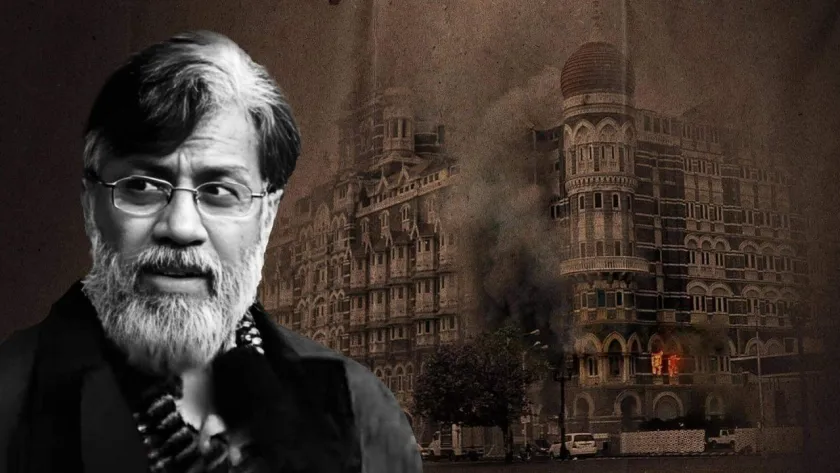
US Supreme Court Rejects 26/11 Accused Tahawwur Rana’s Plea to Block Extradition to India
2025-03-08






















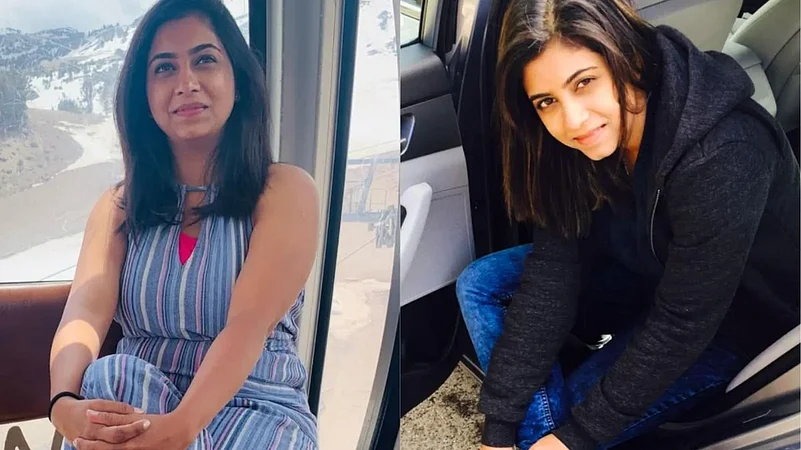
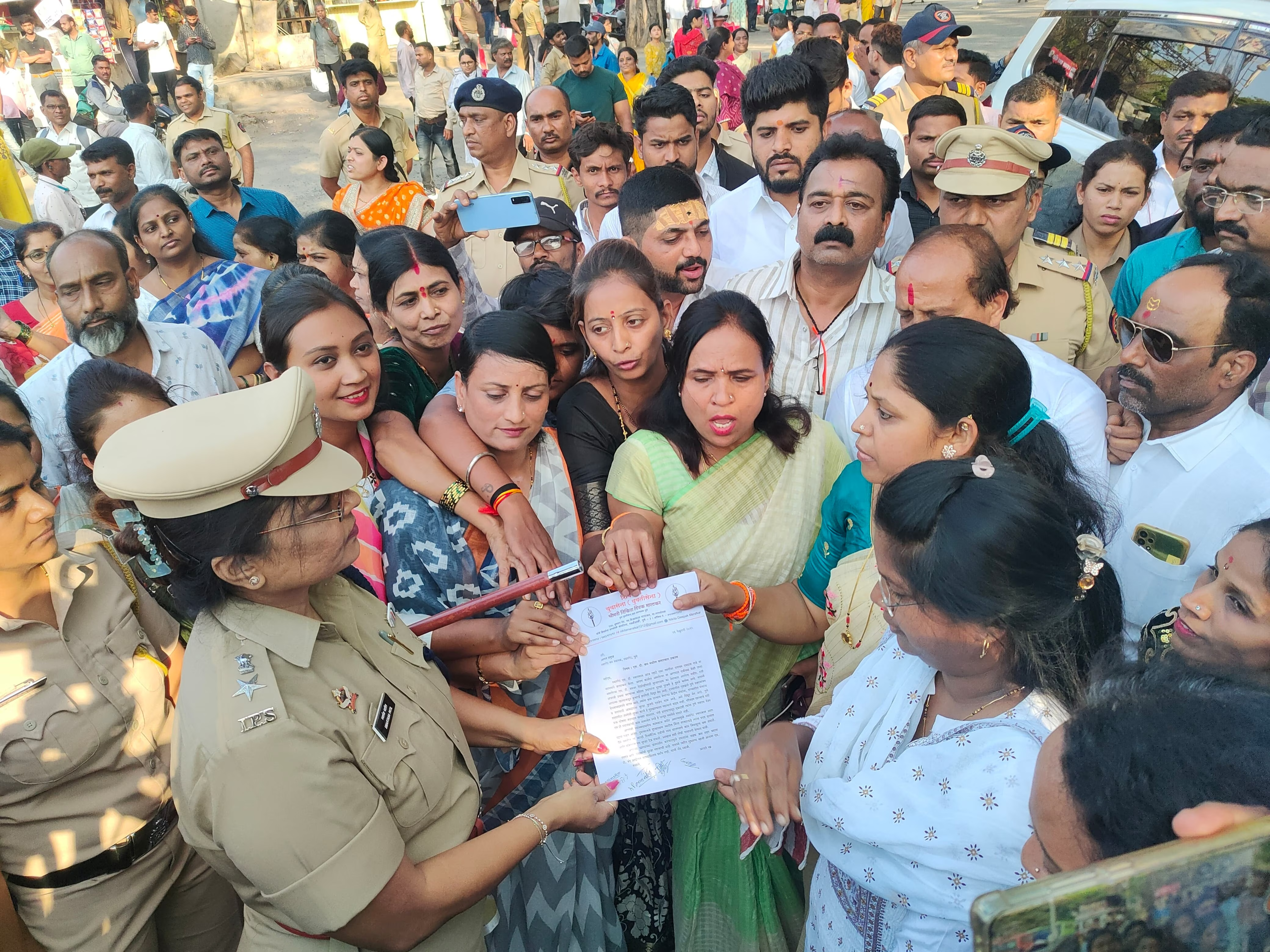

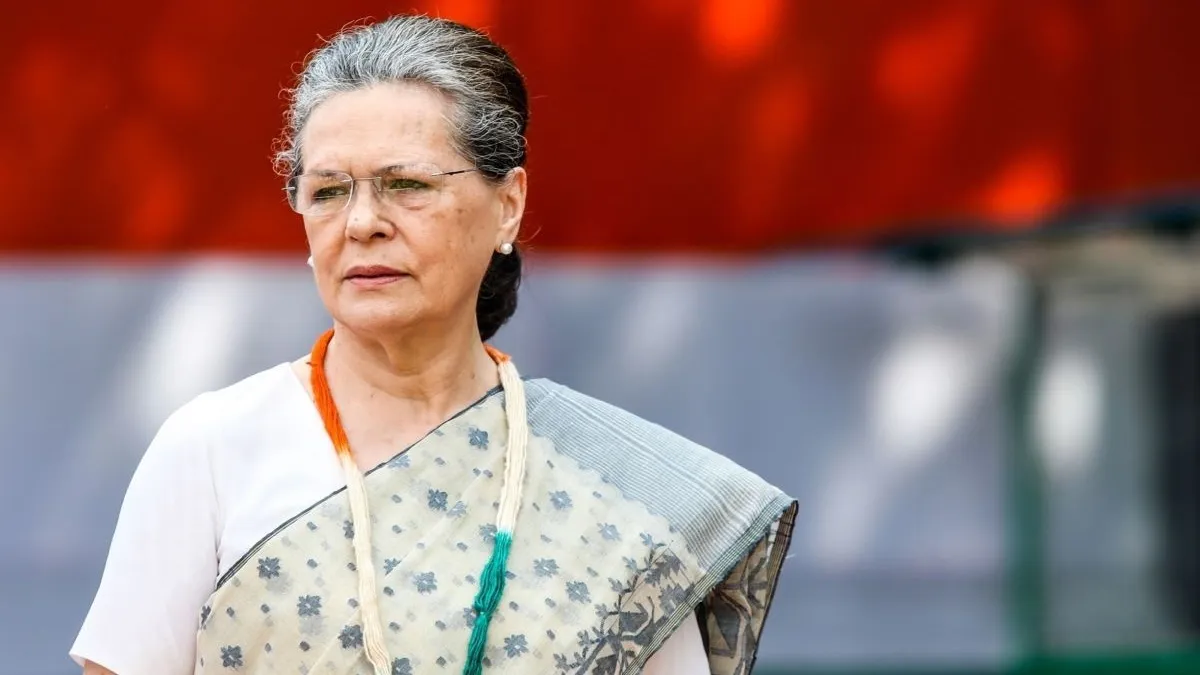

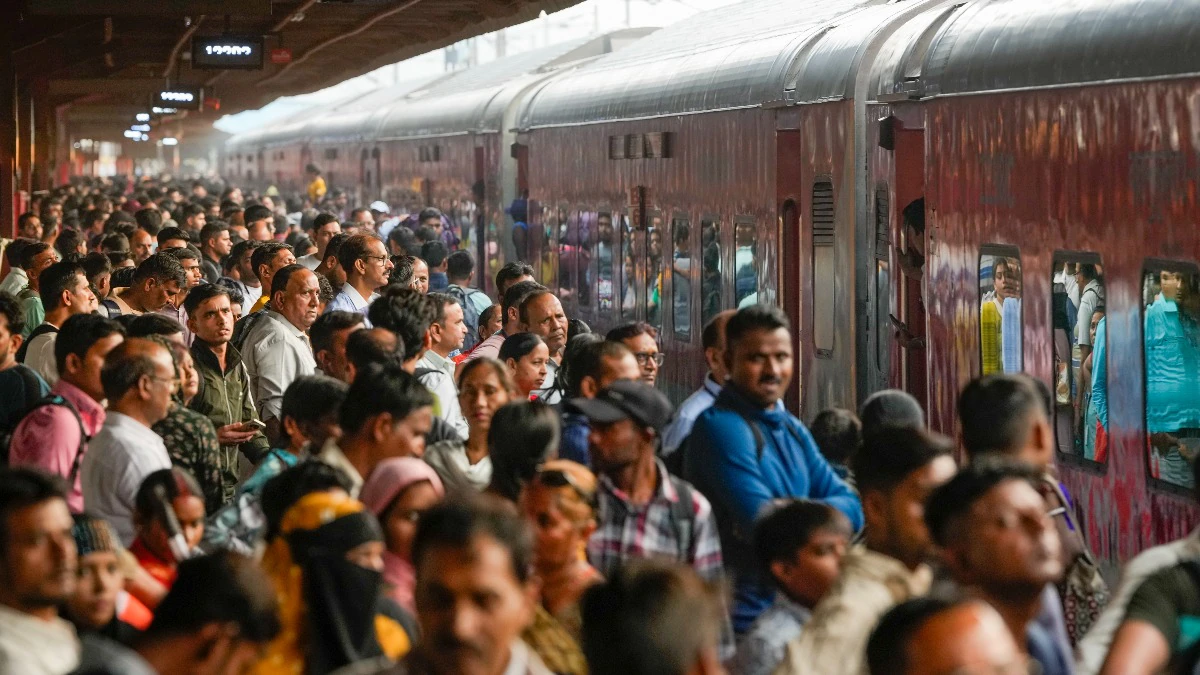
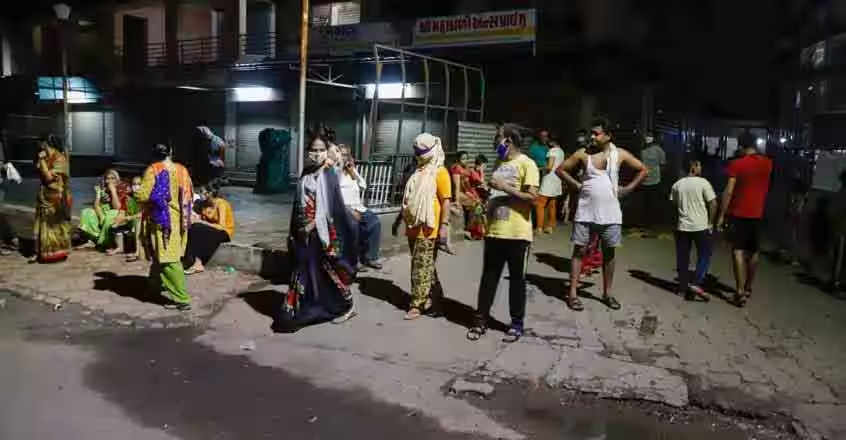








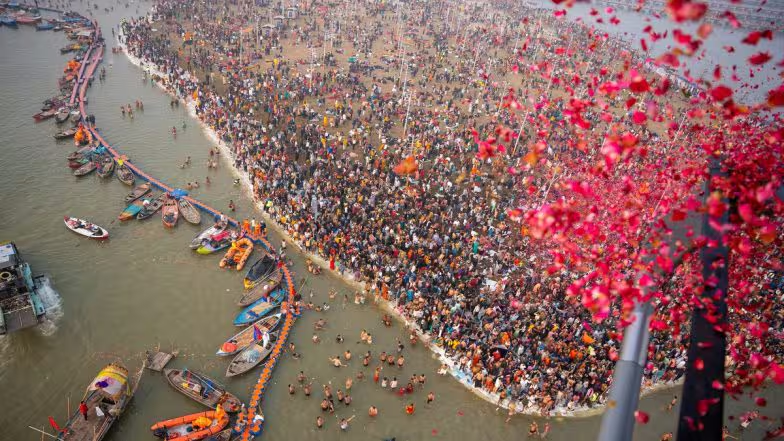




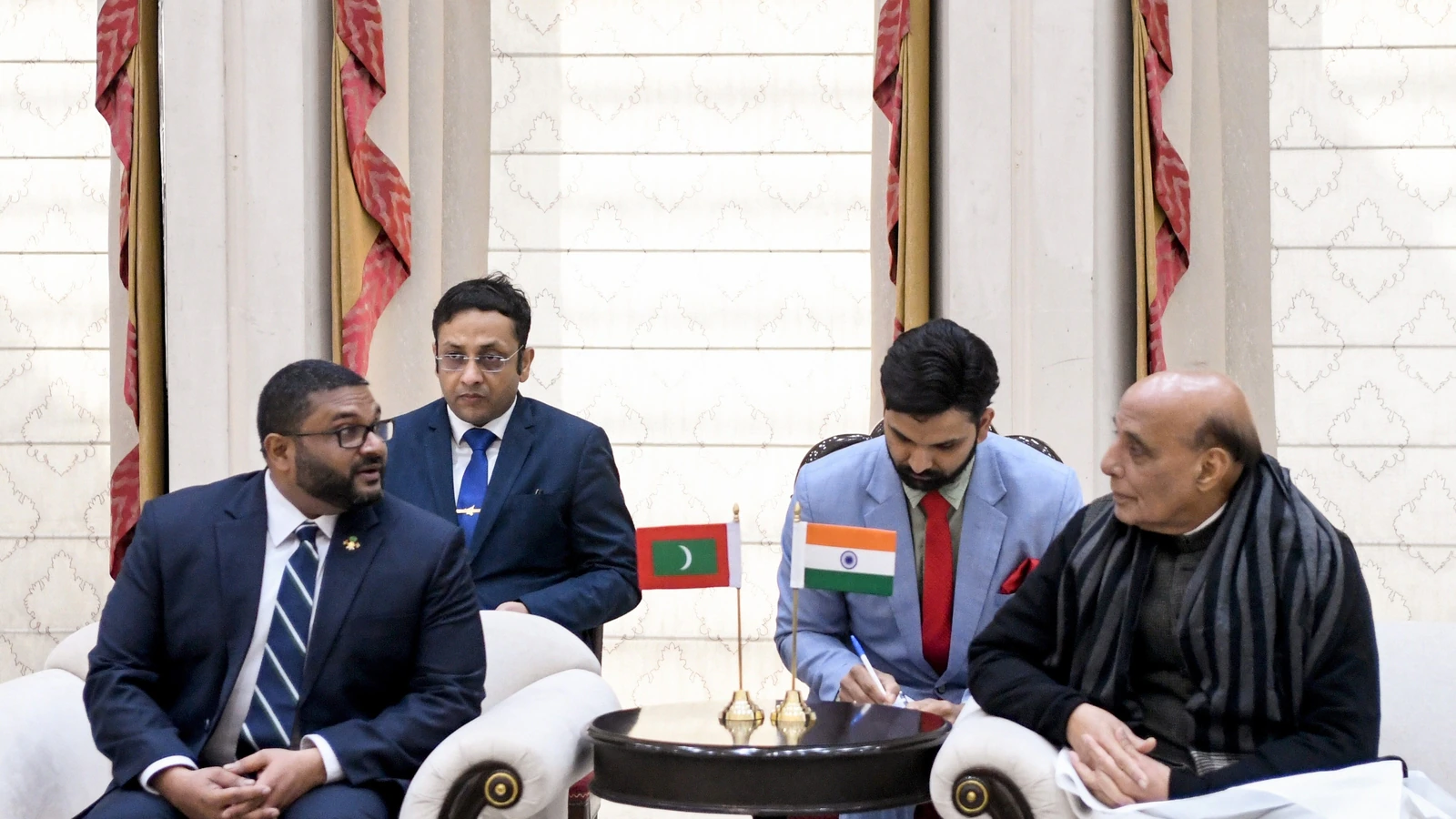

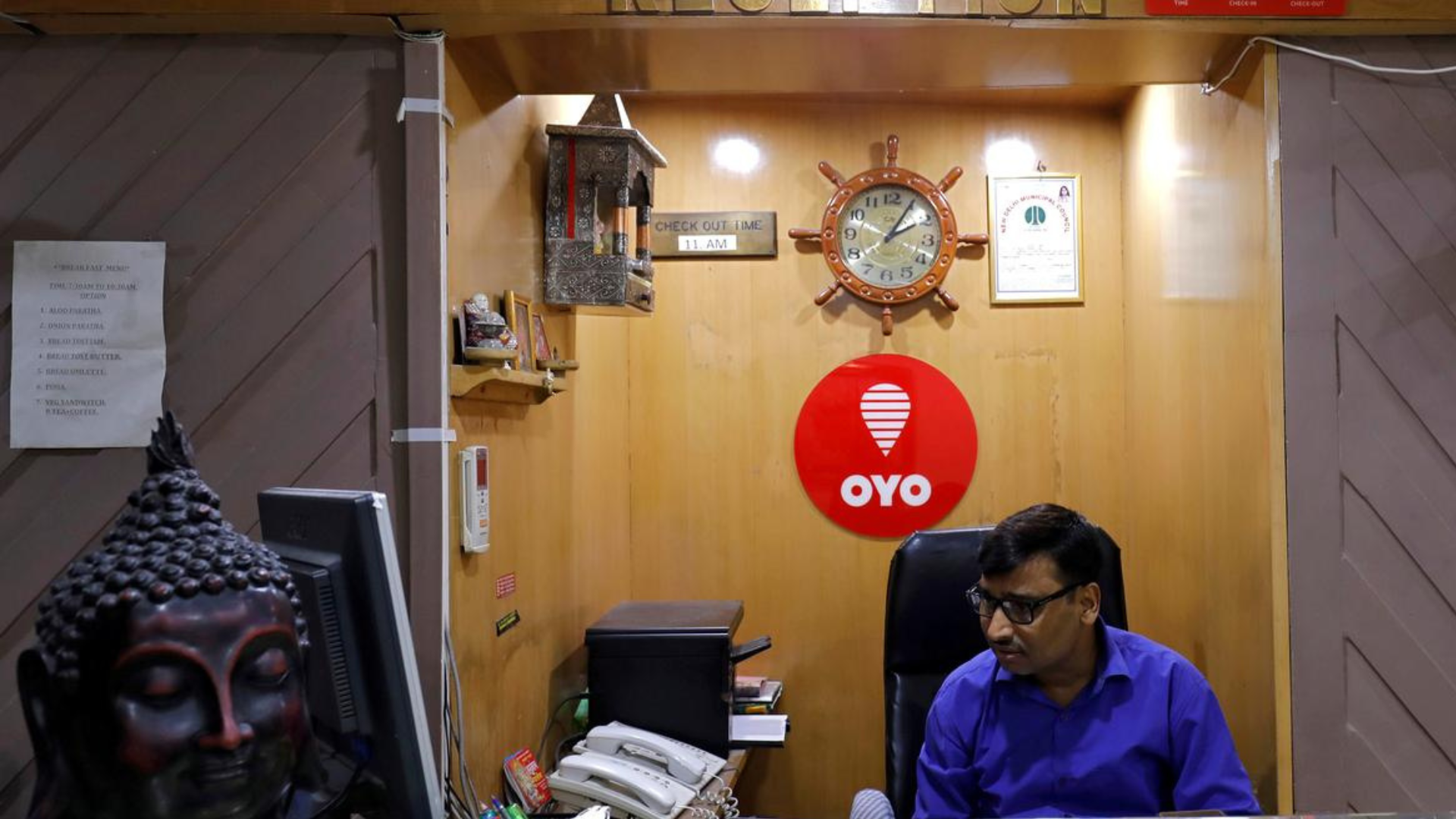

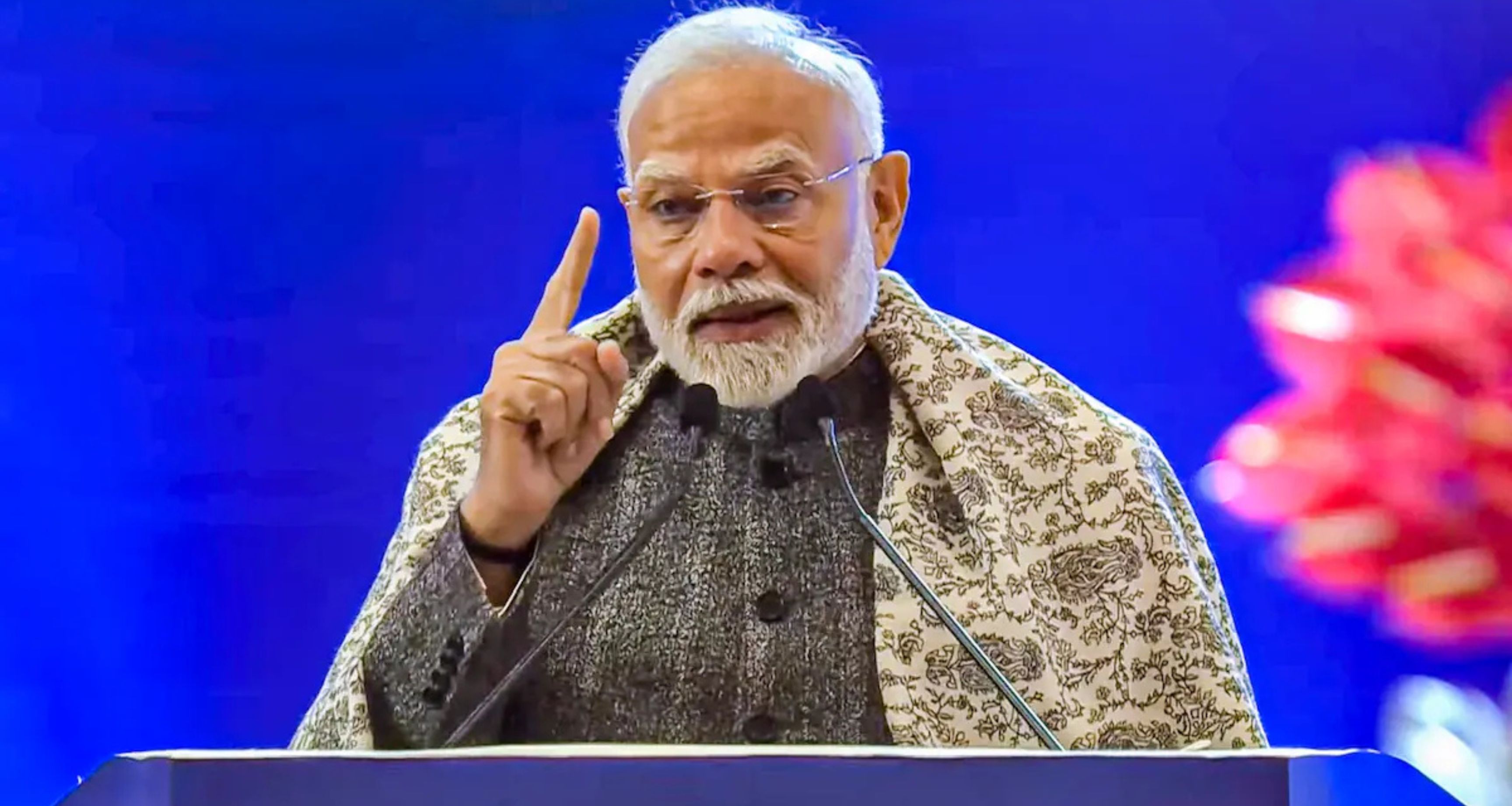
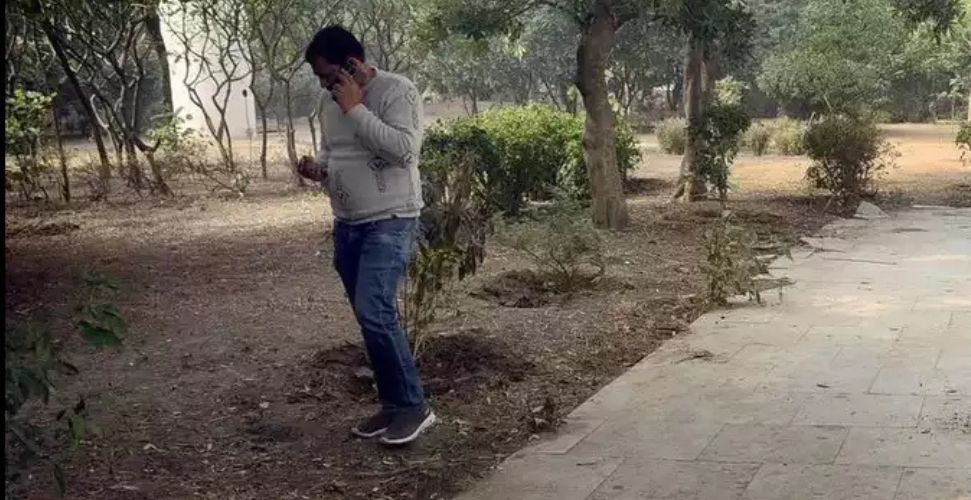

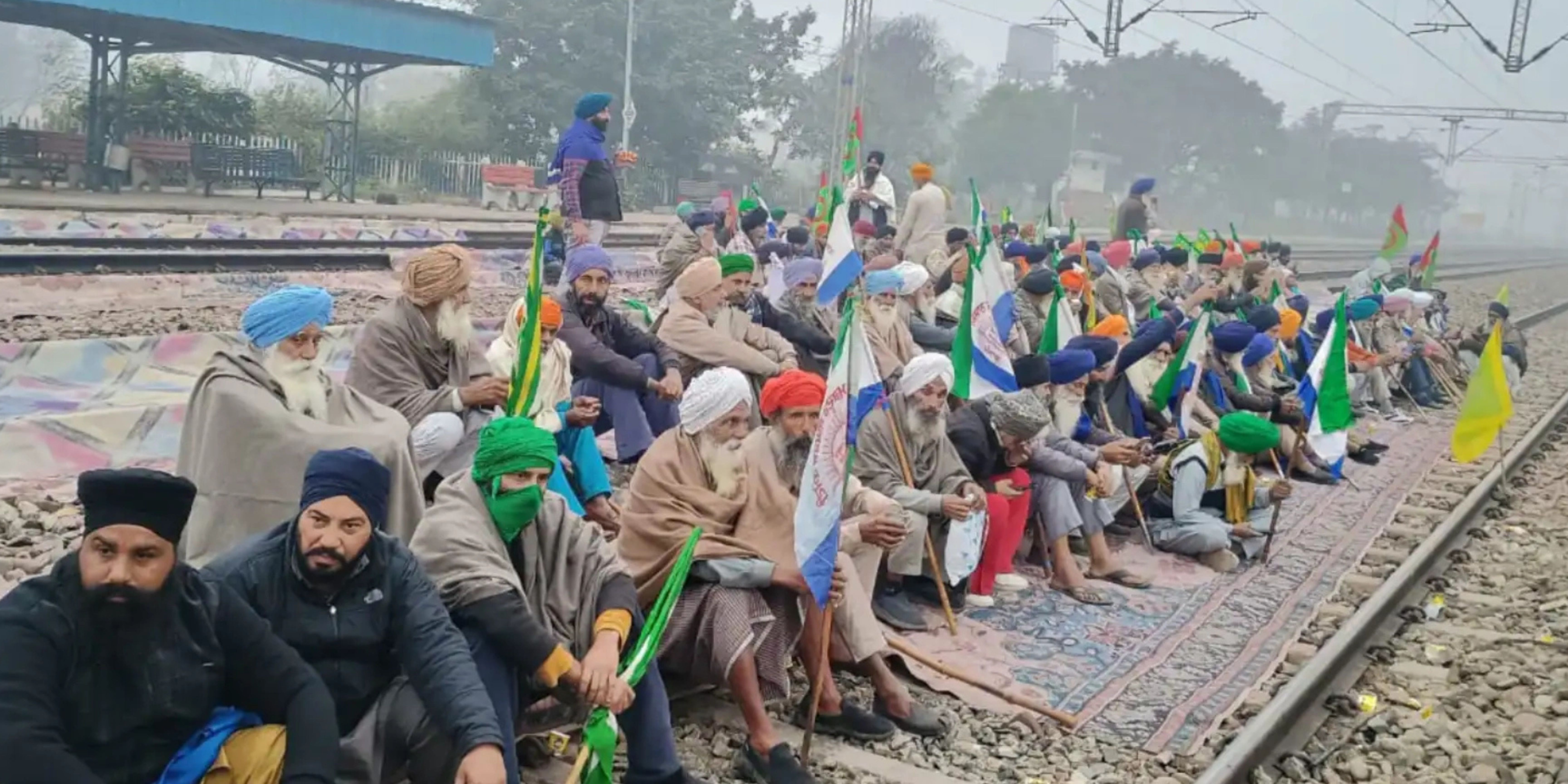
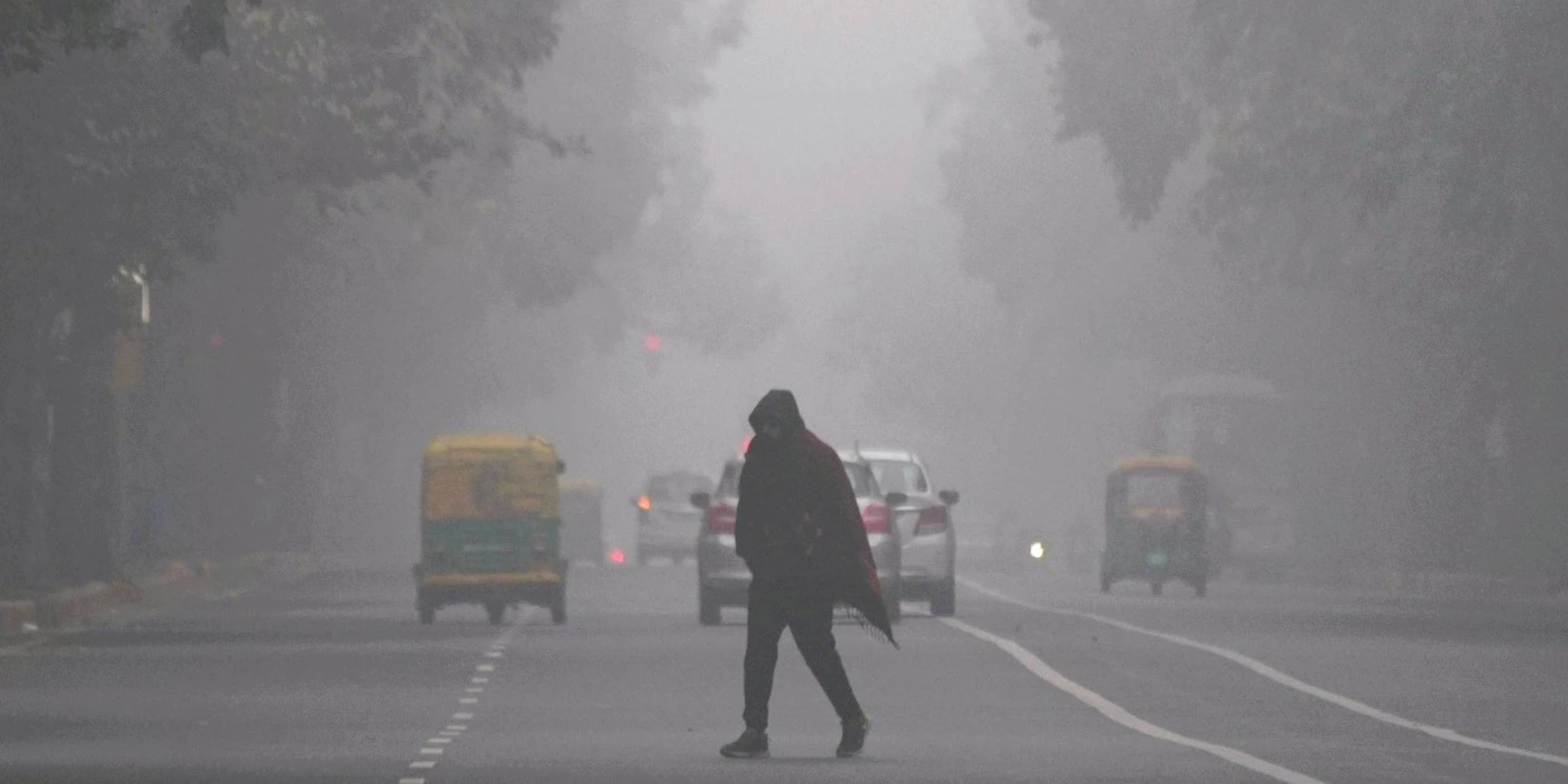




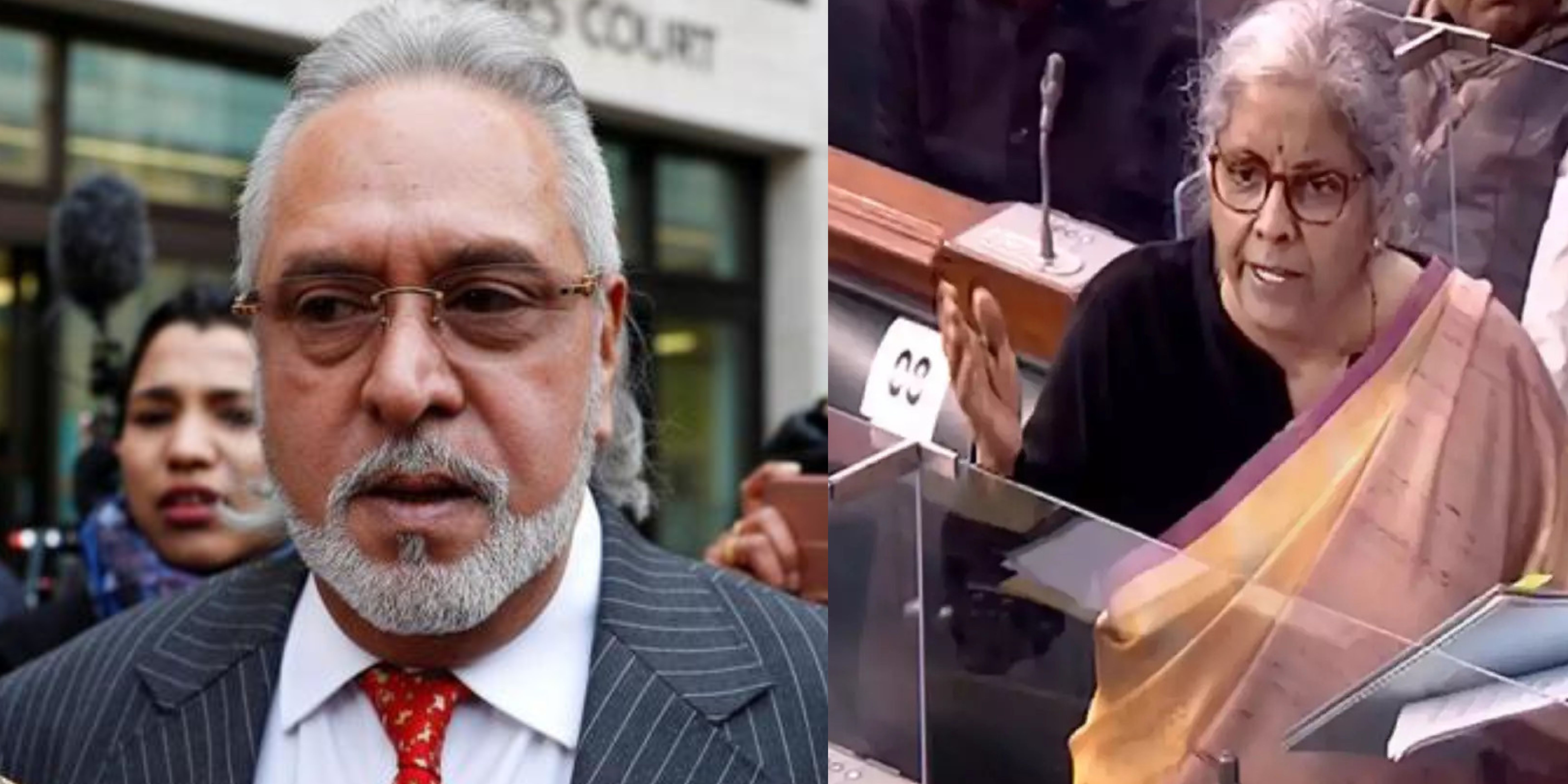
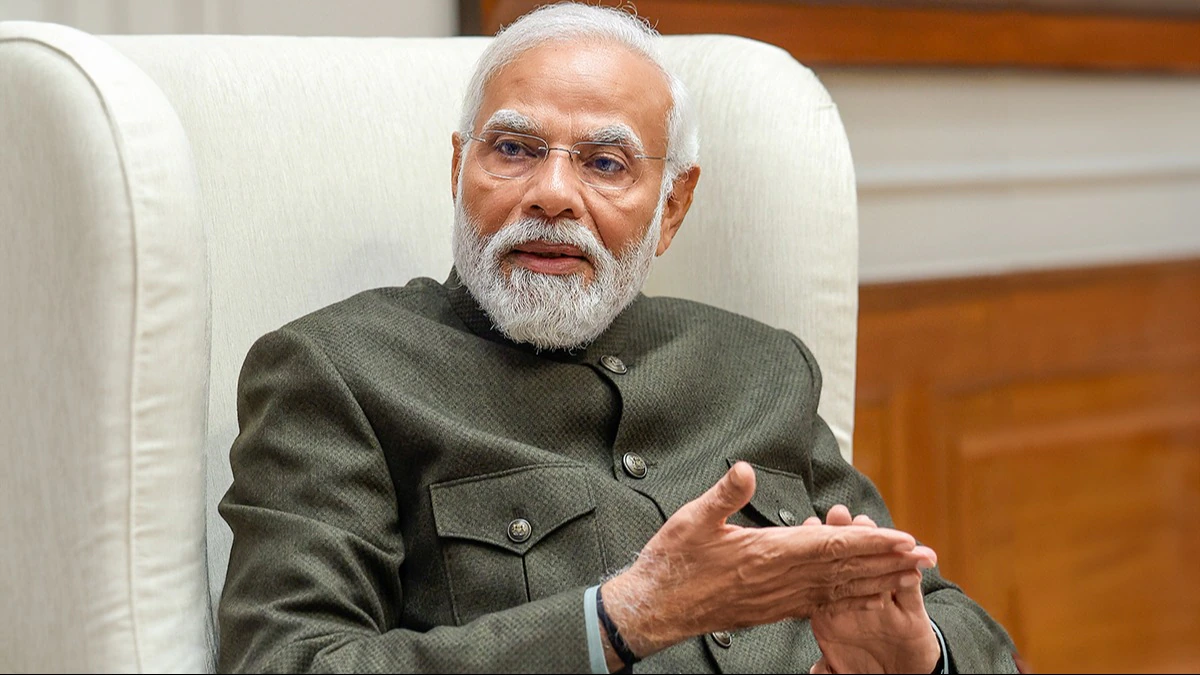
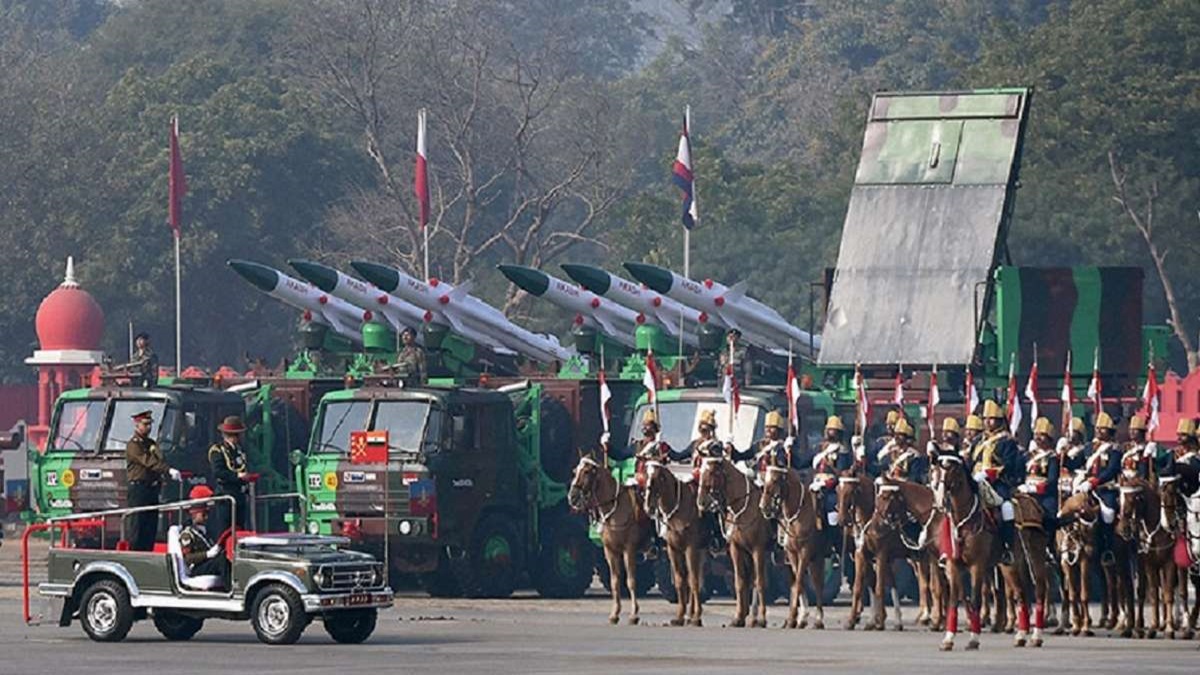
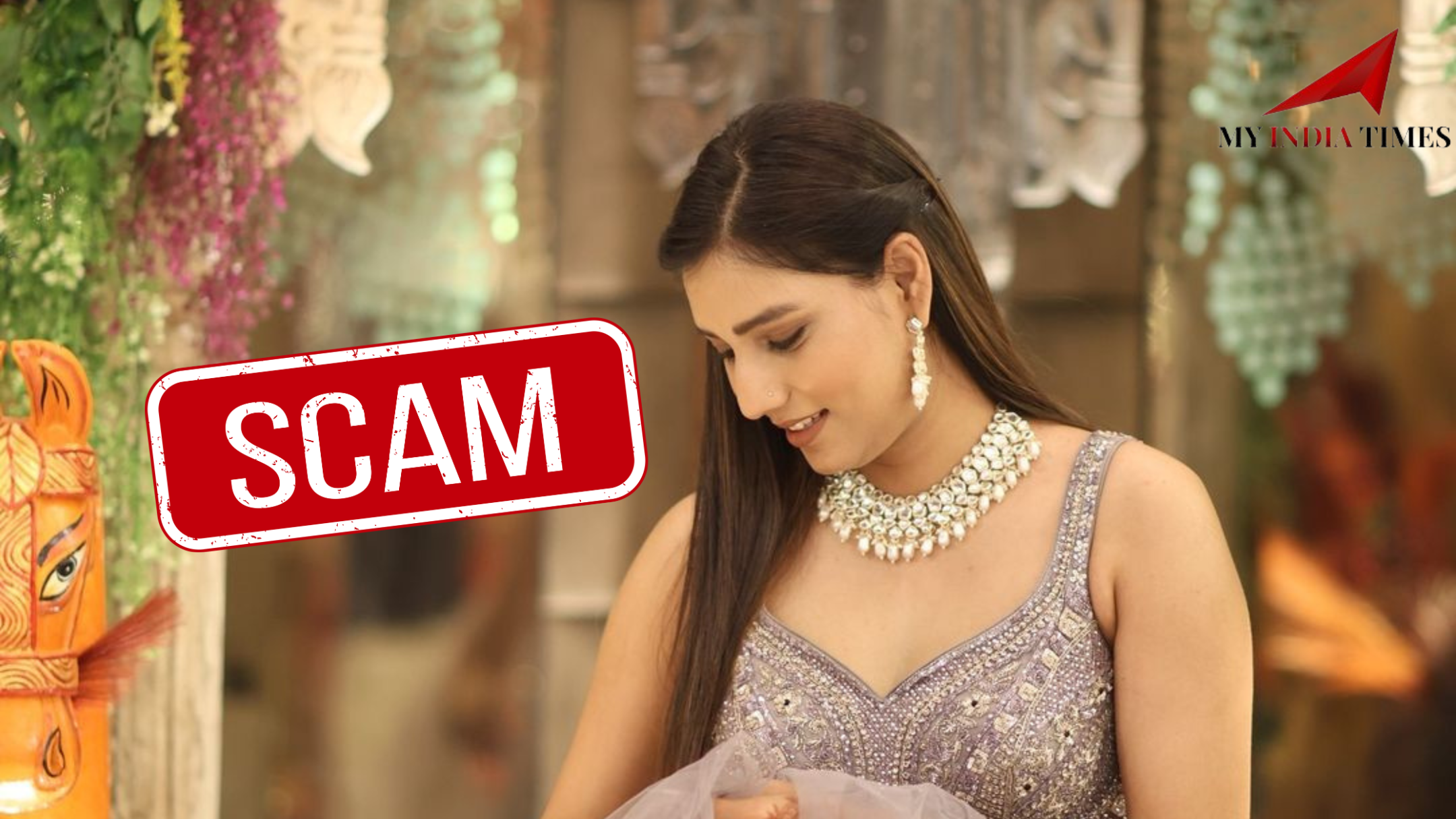
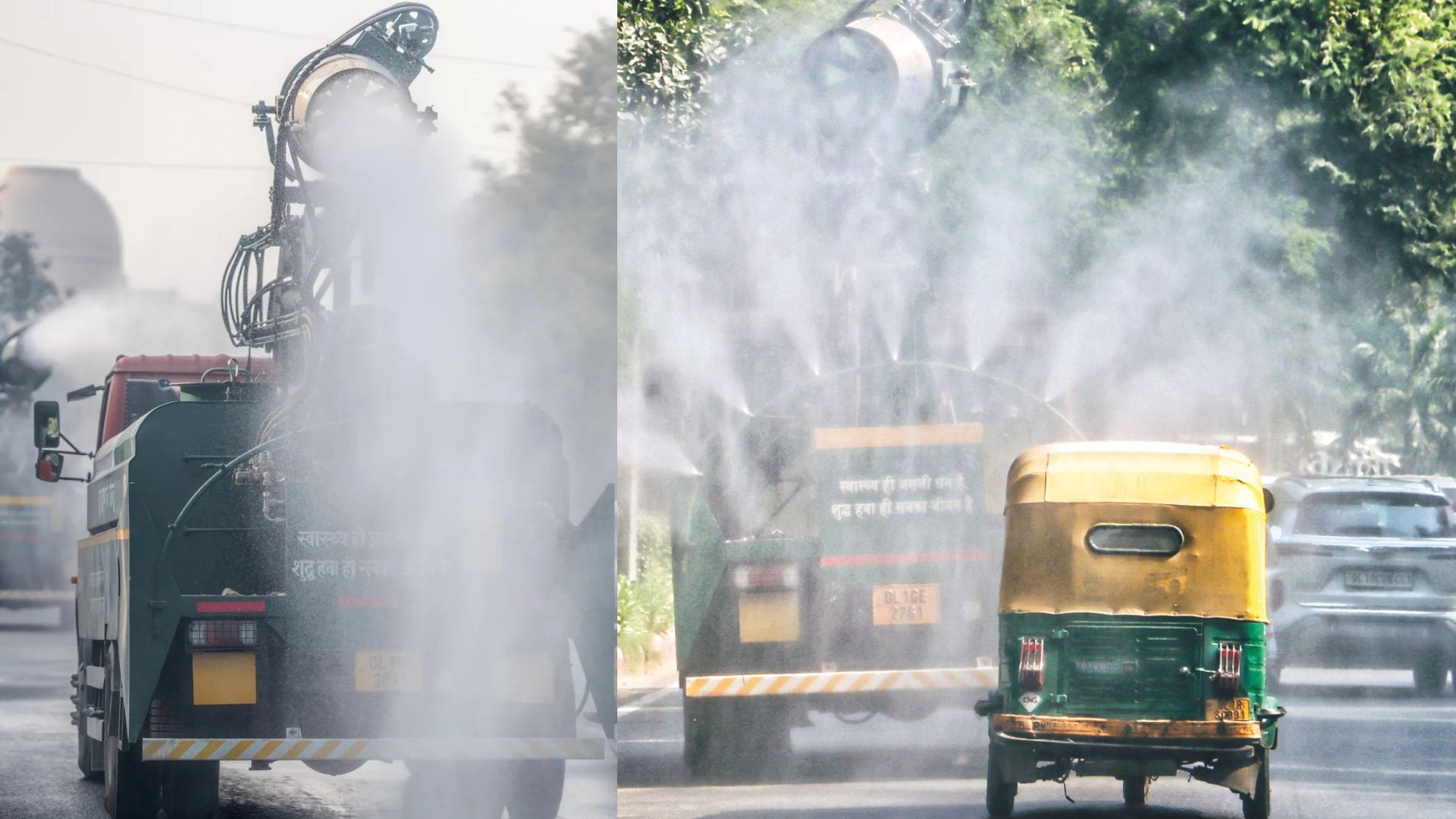
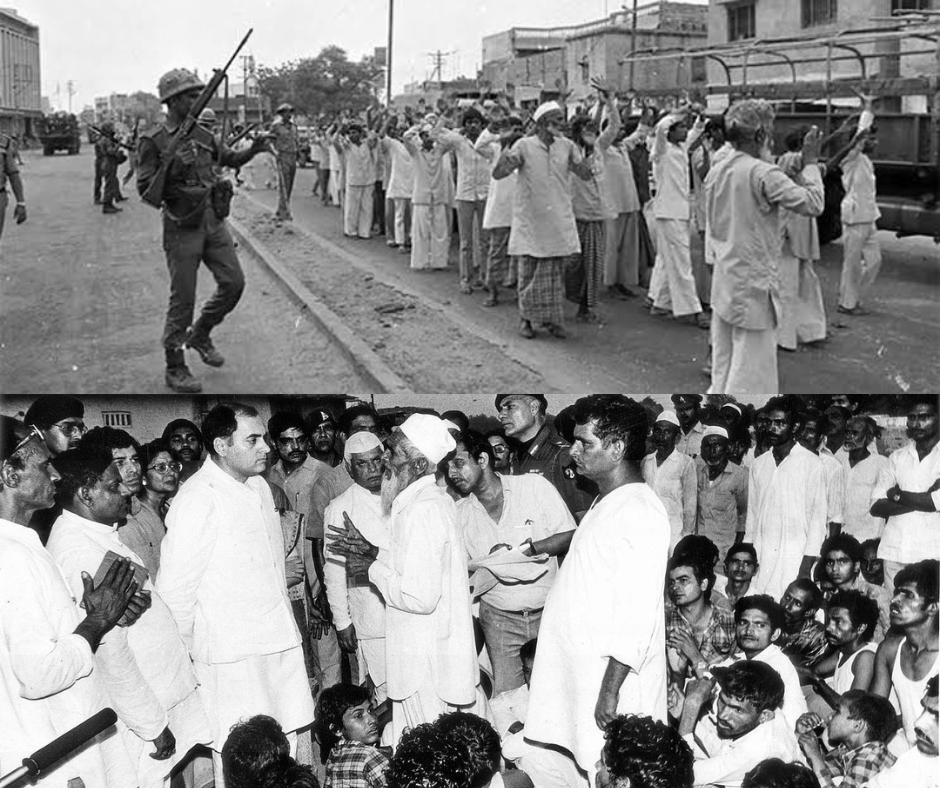


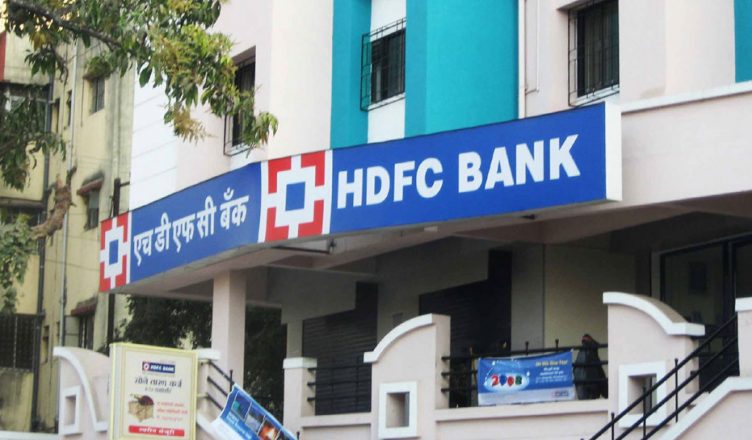

.jfif)
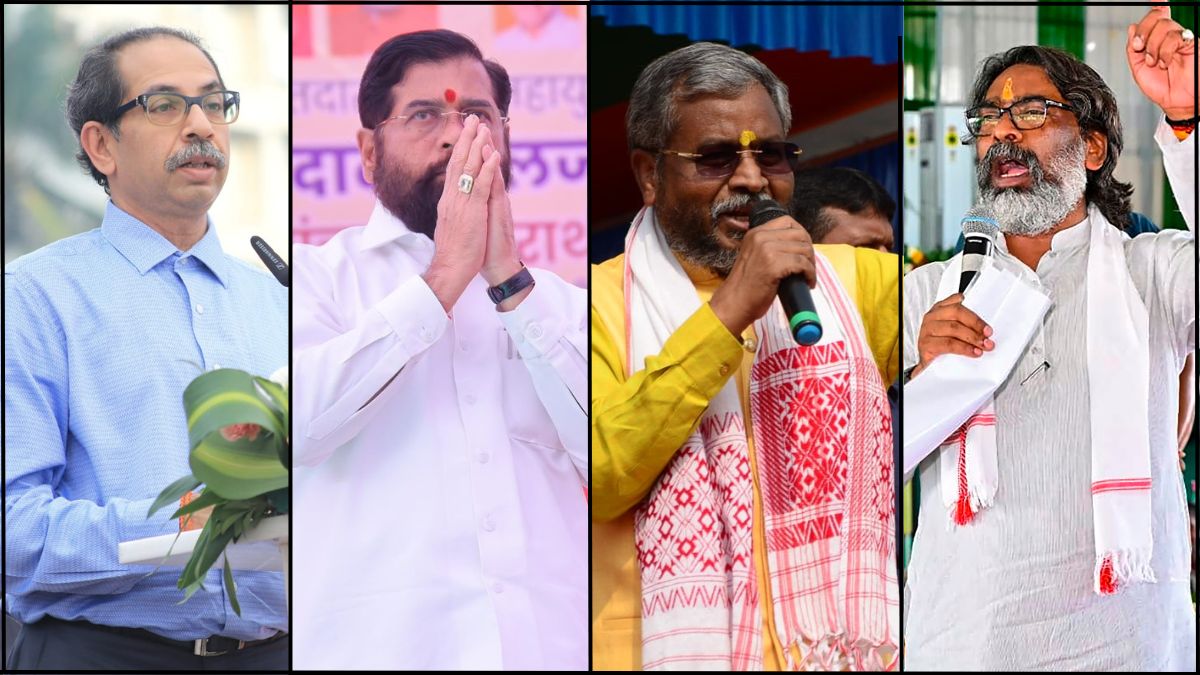


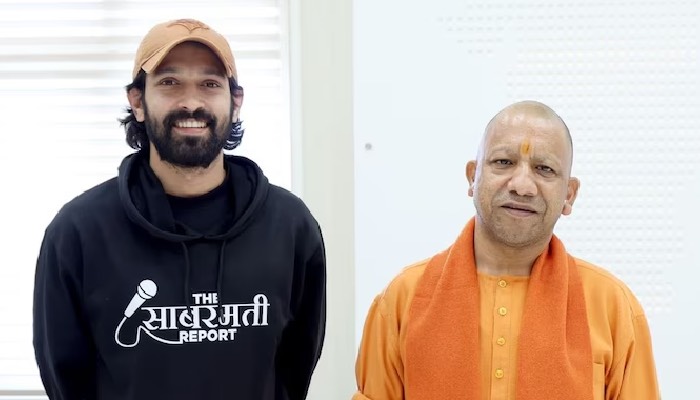

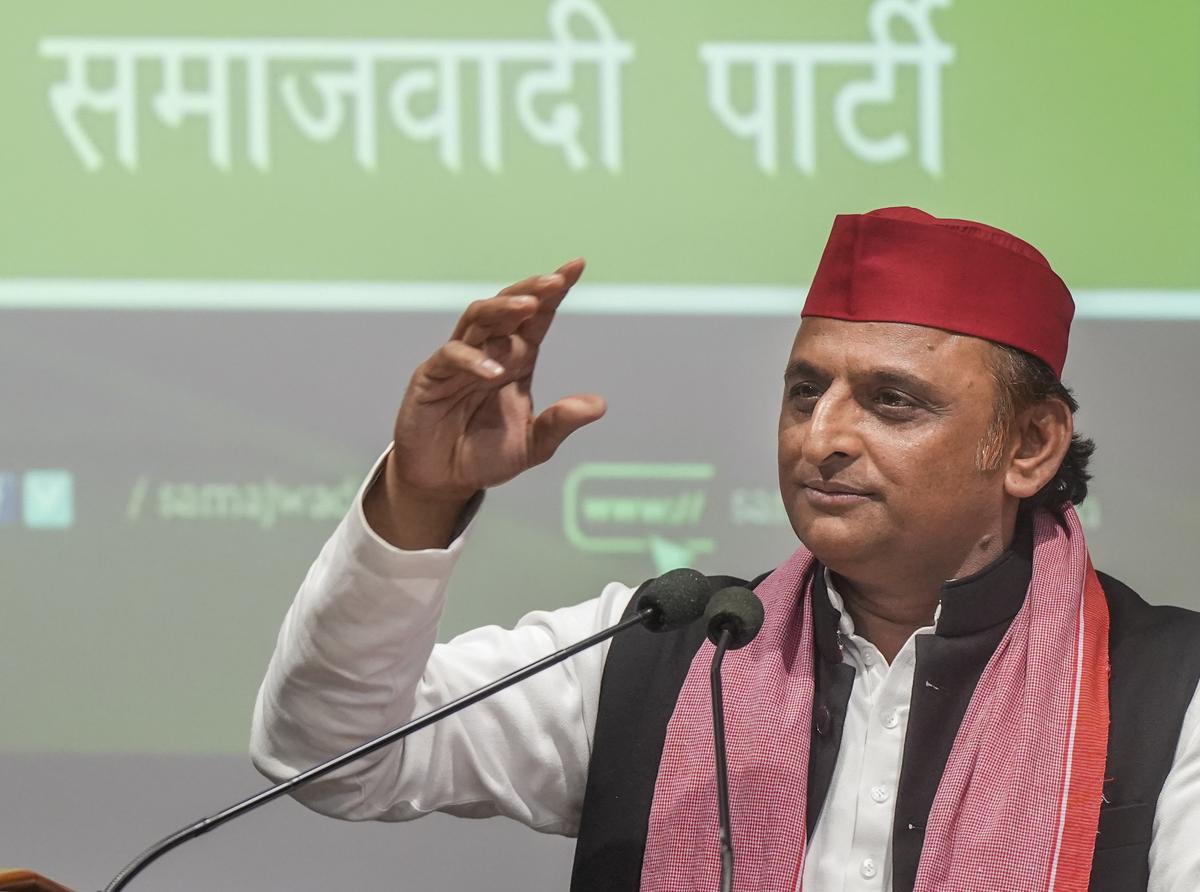

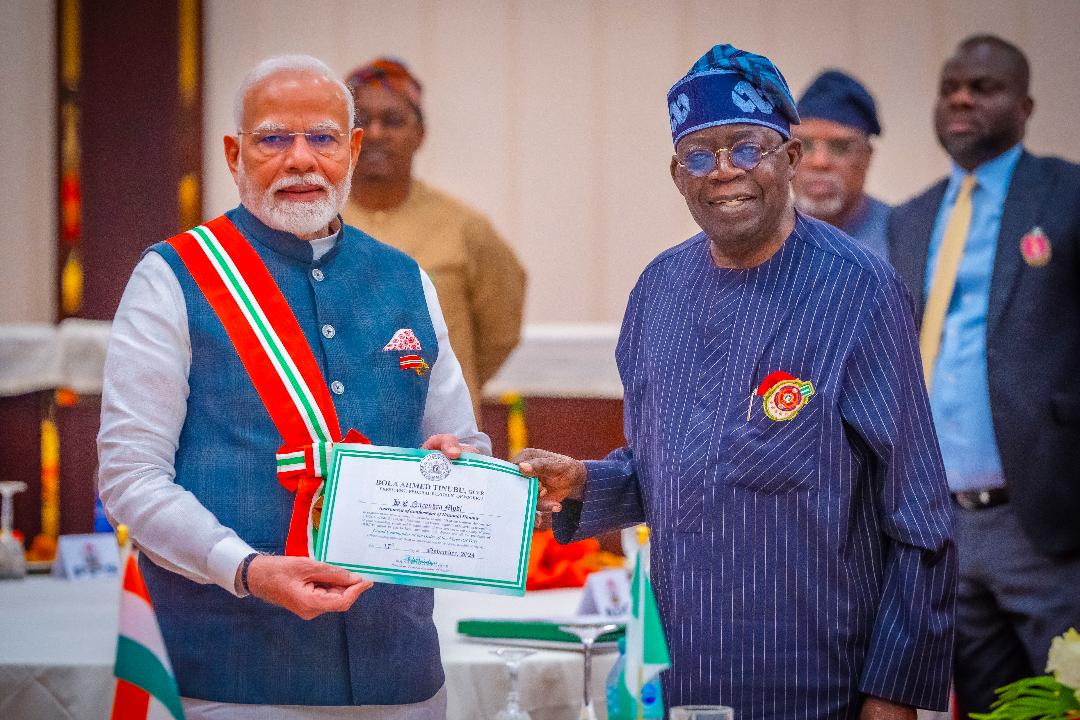

.jpg)

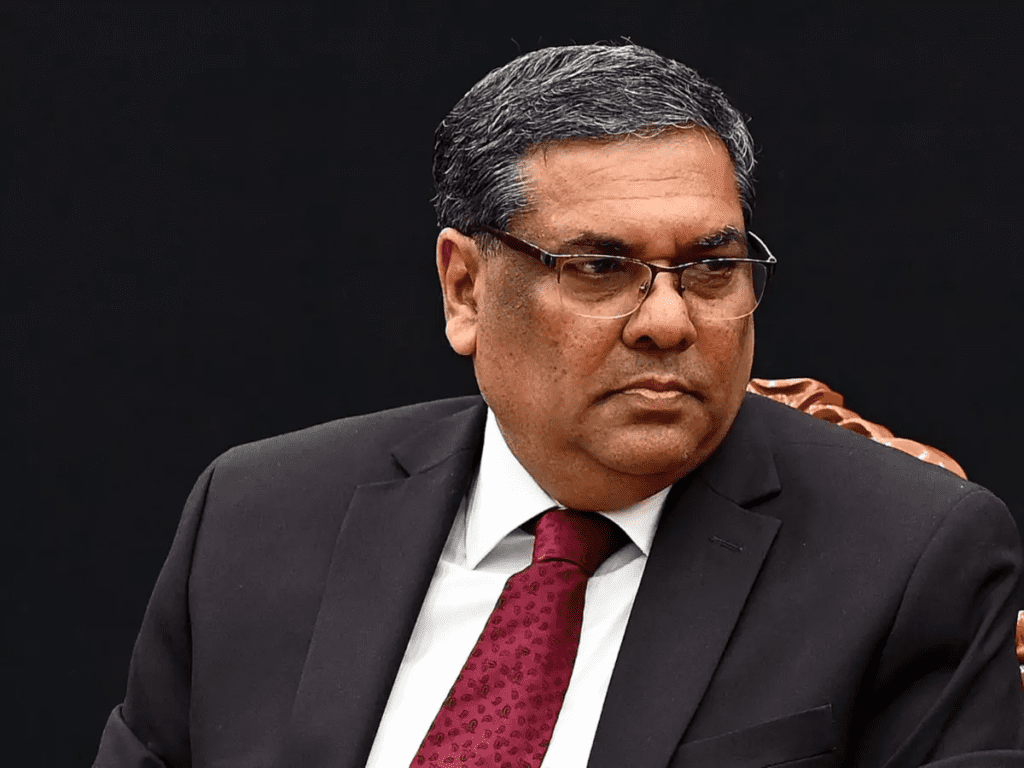

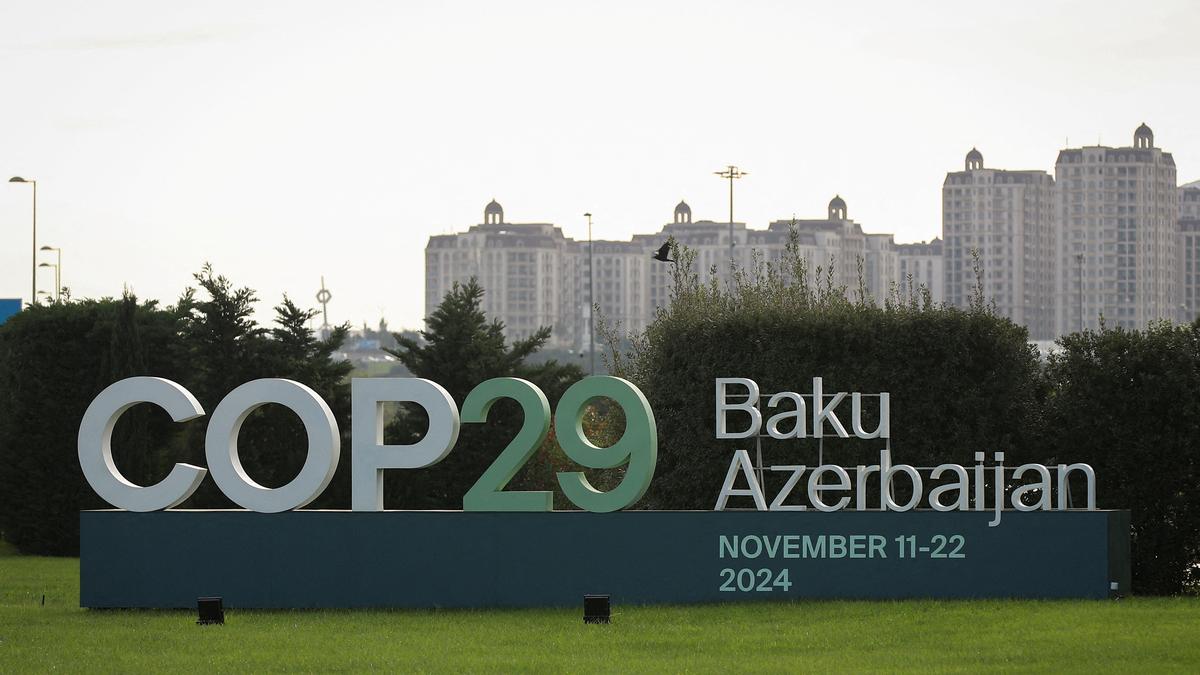


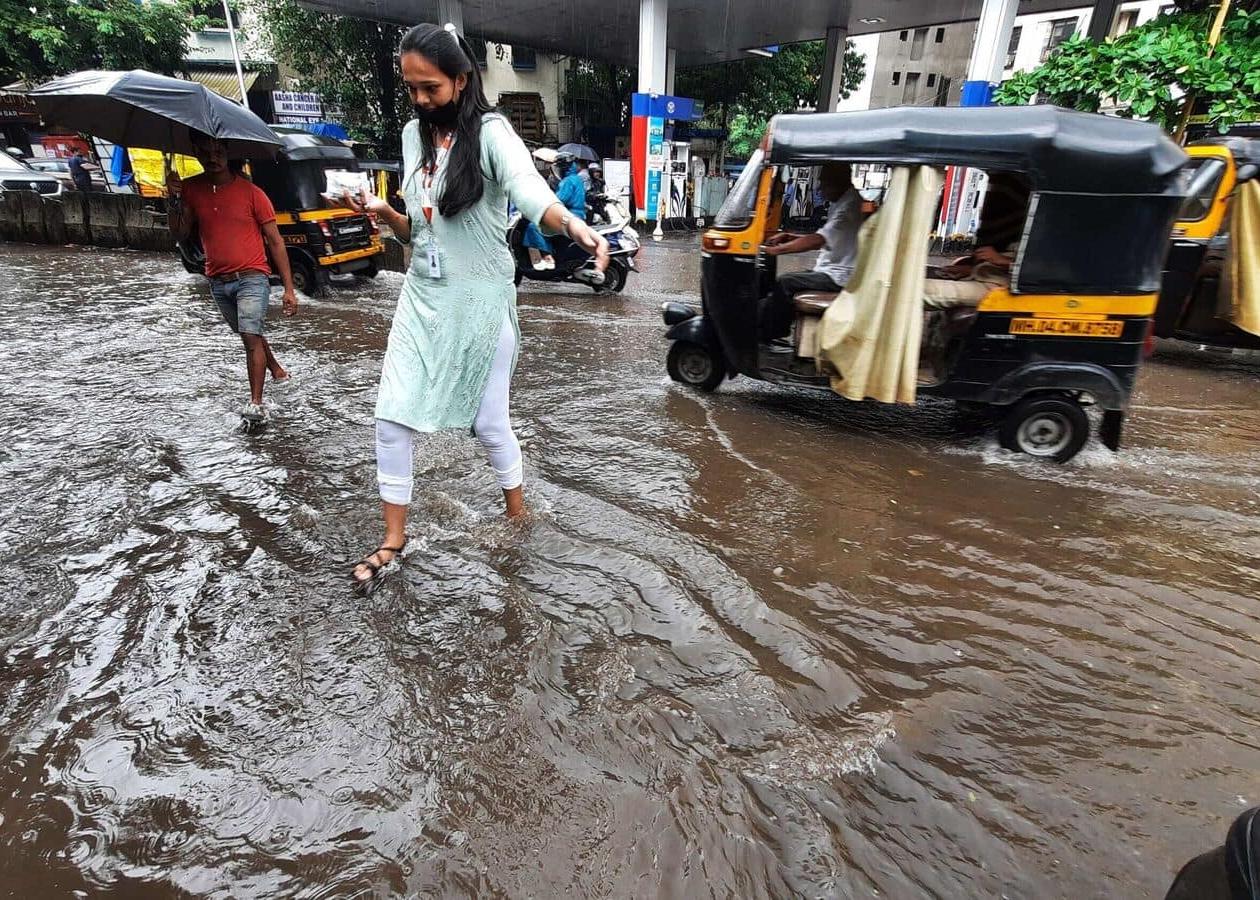
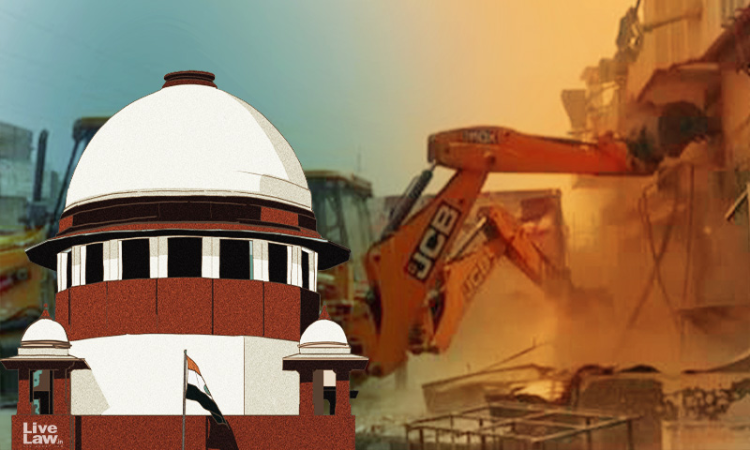























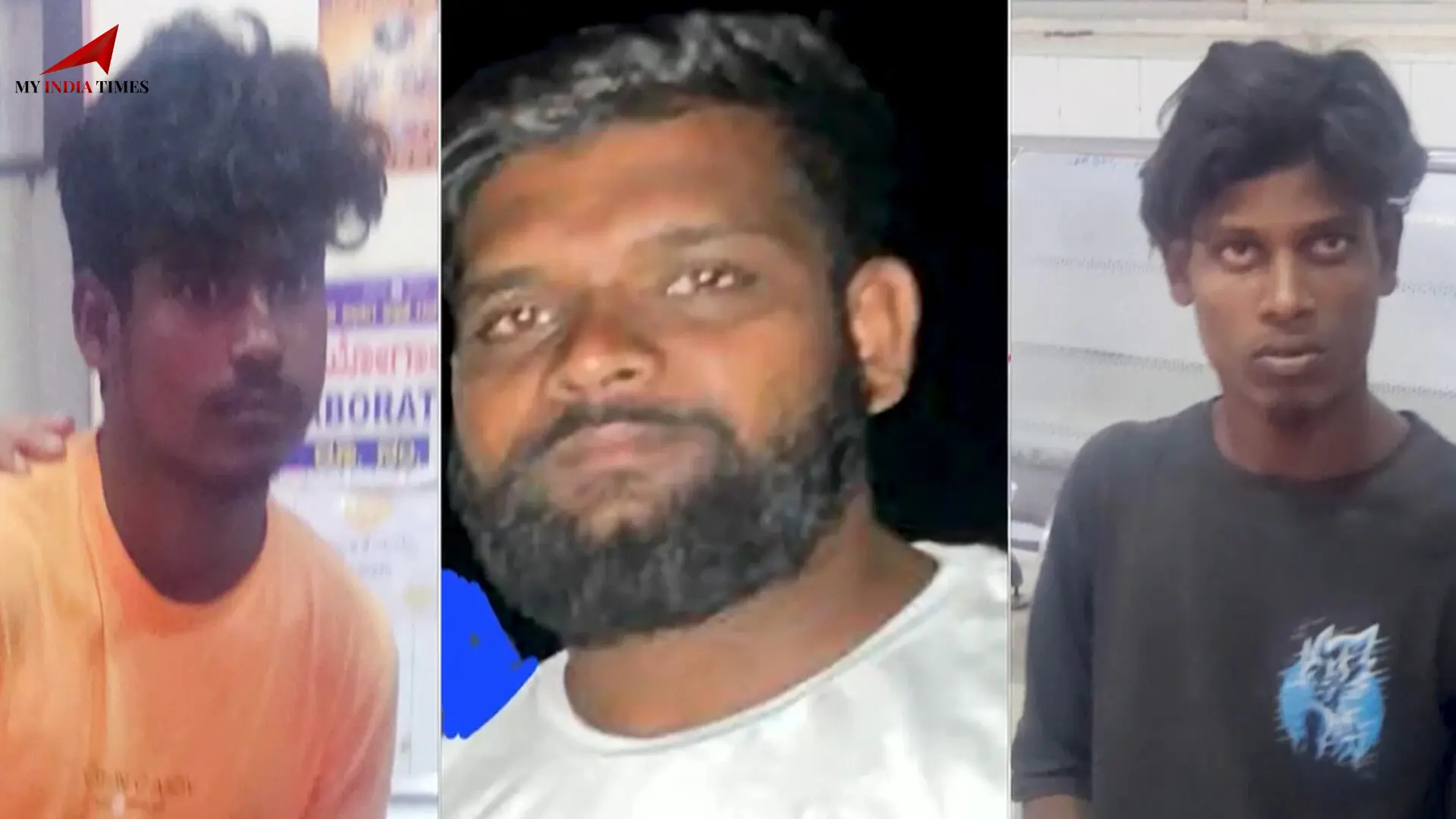
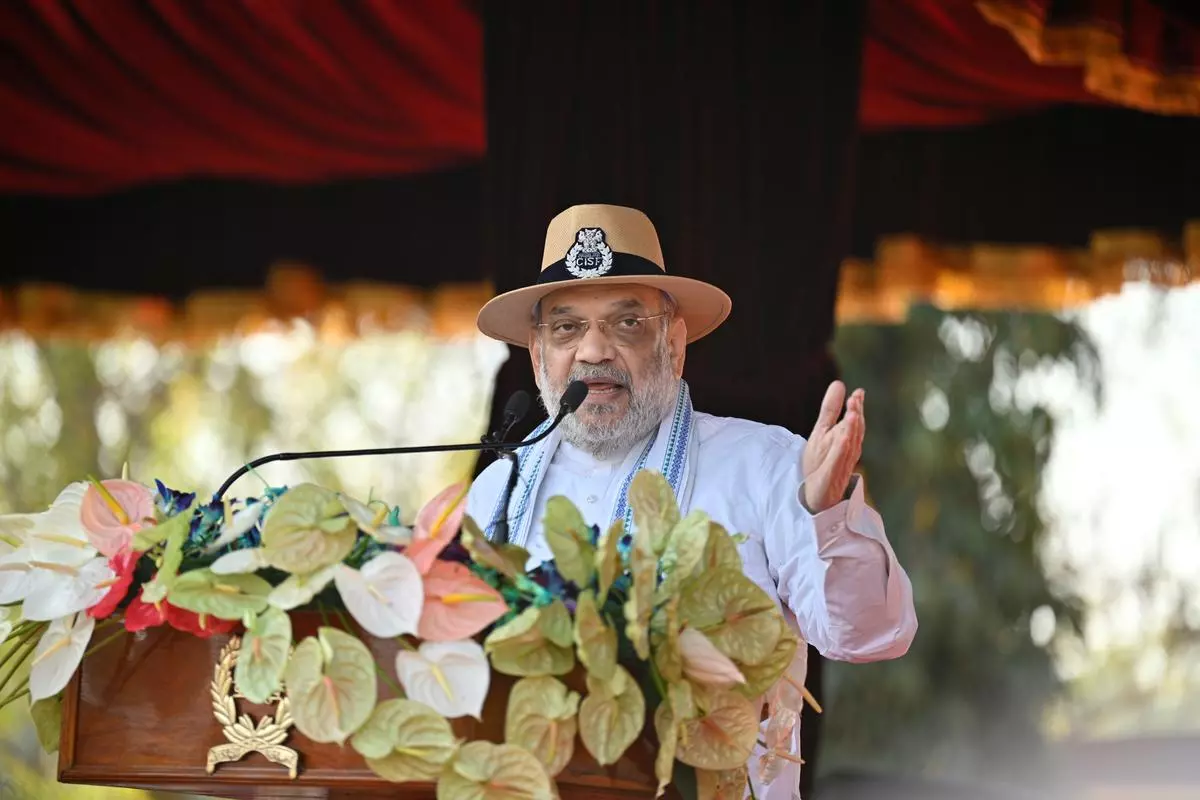

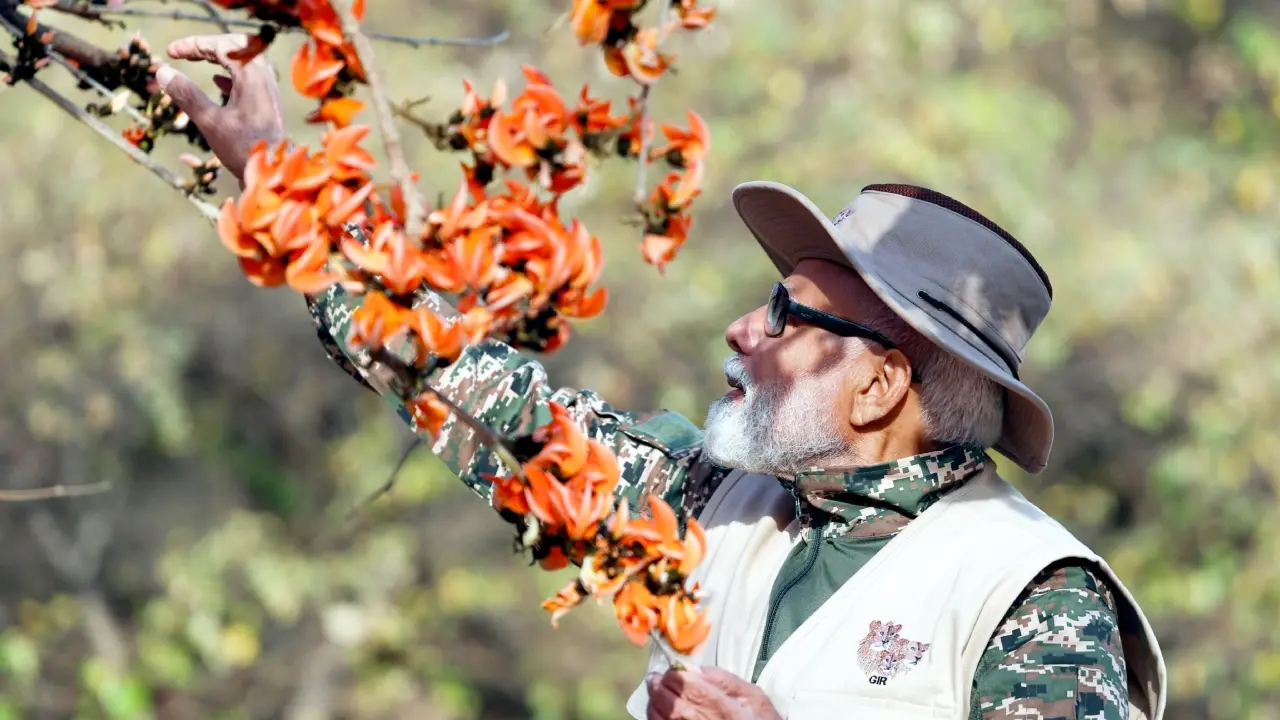



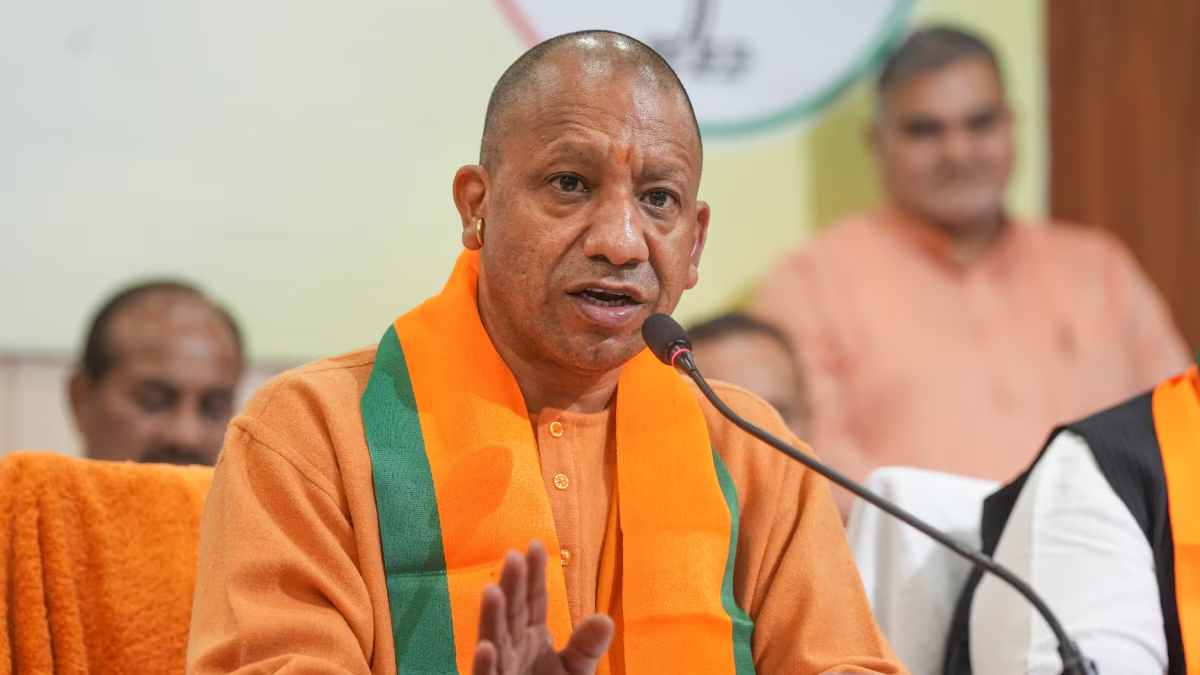


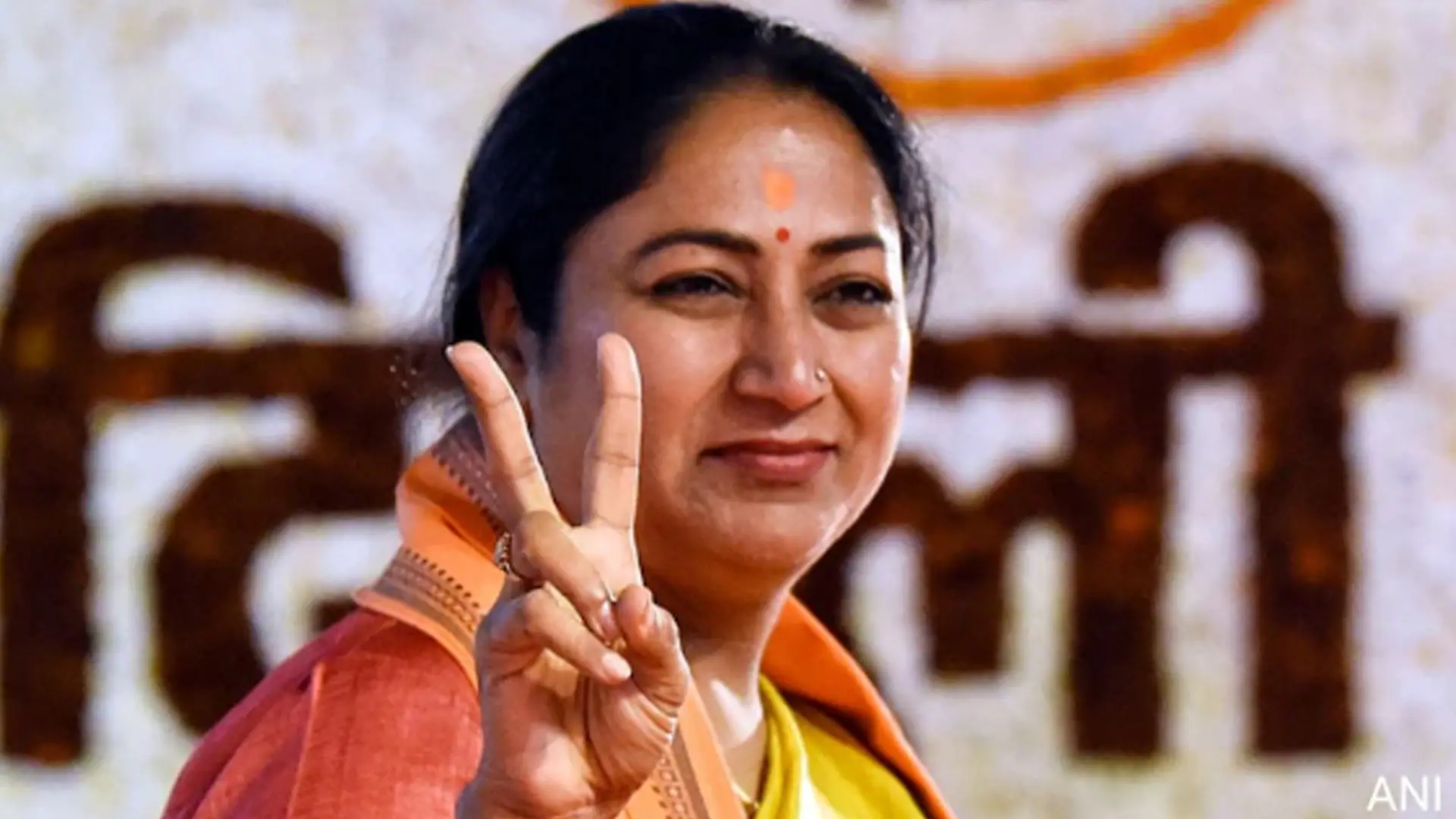
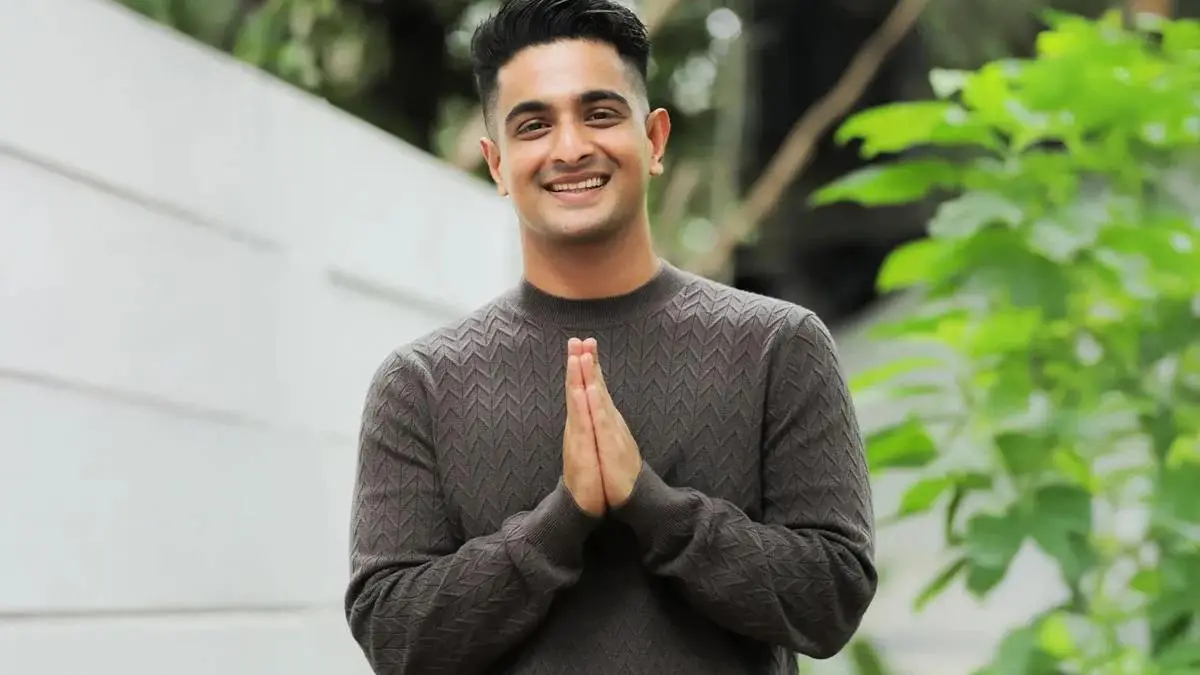
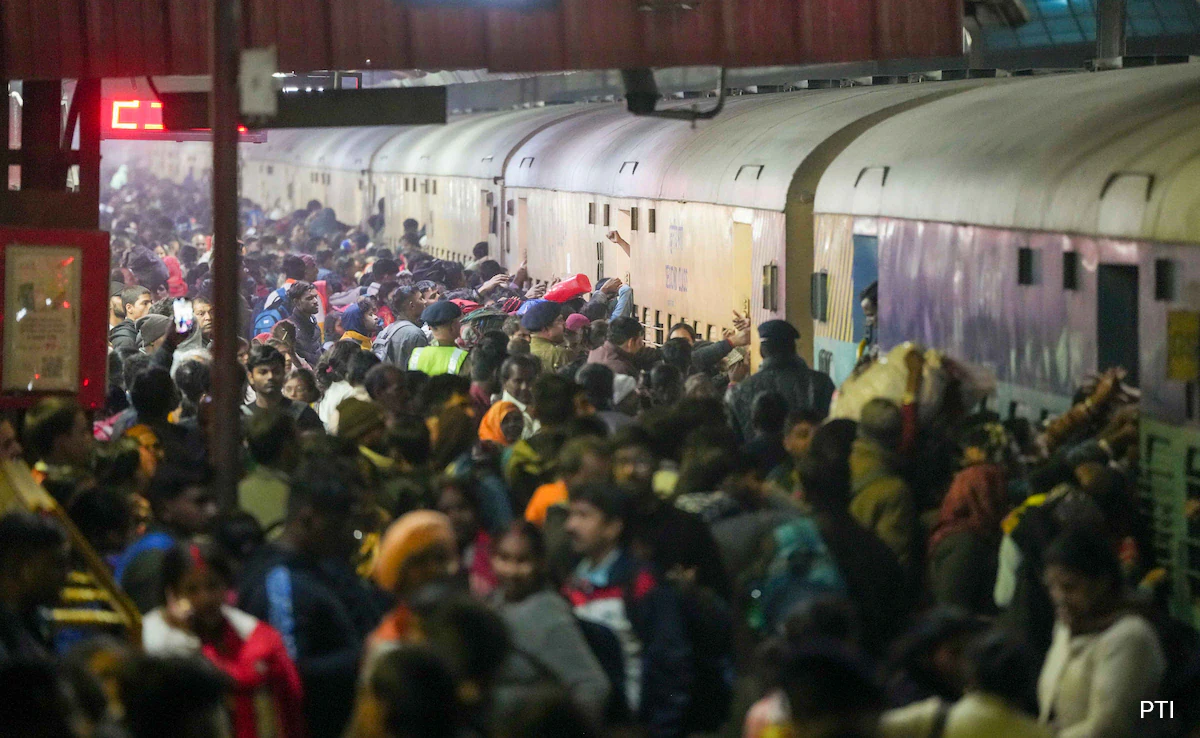

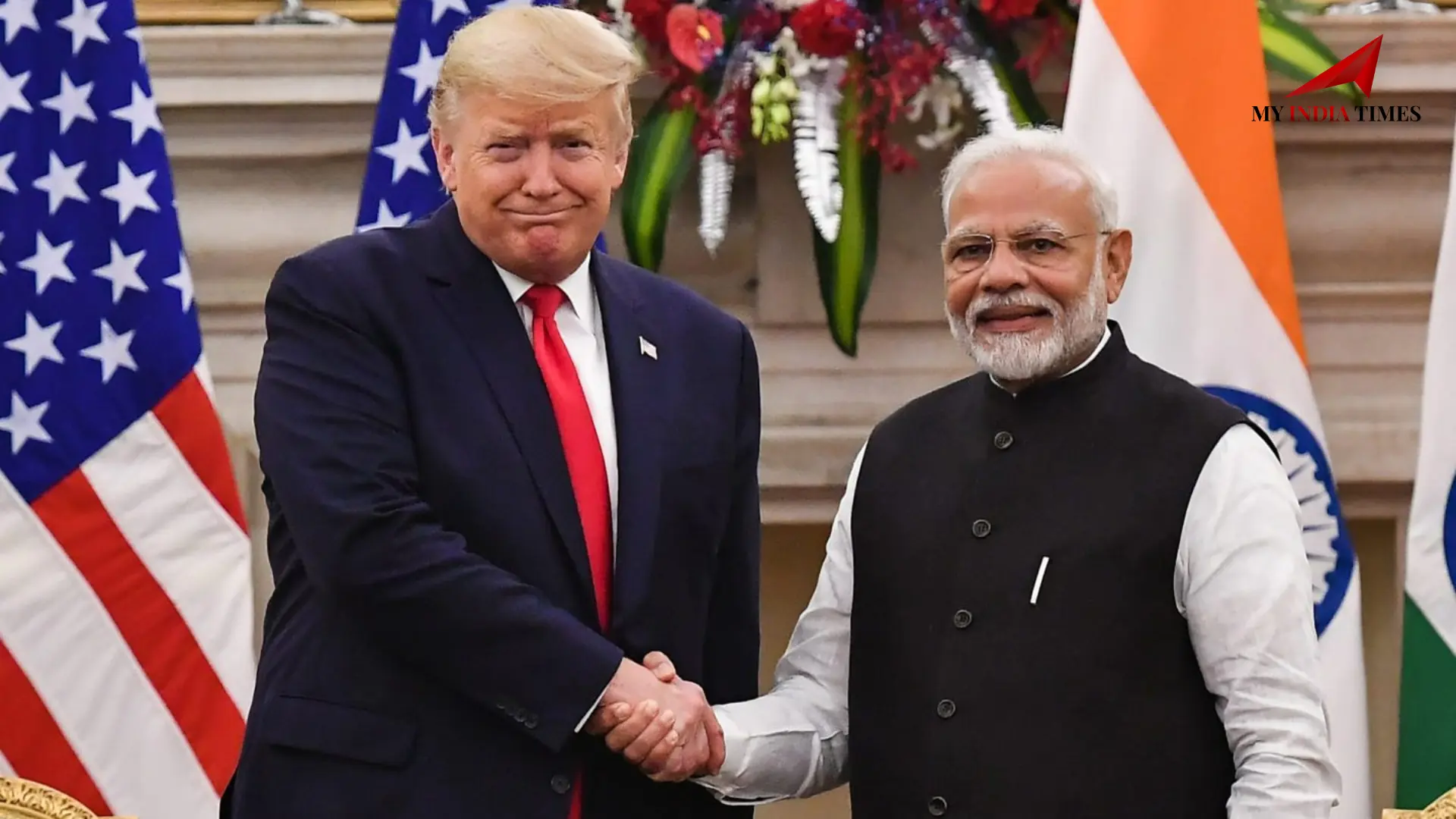

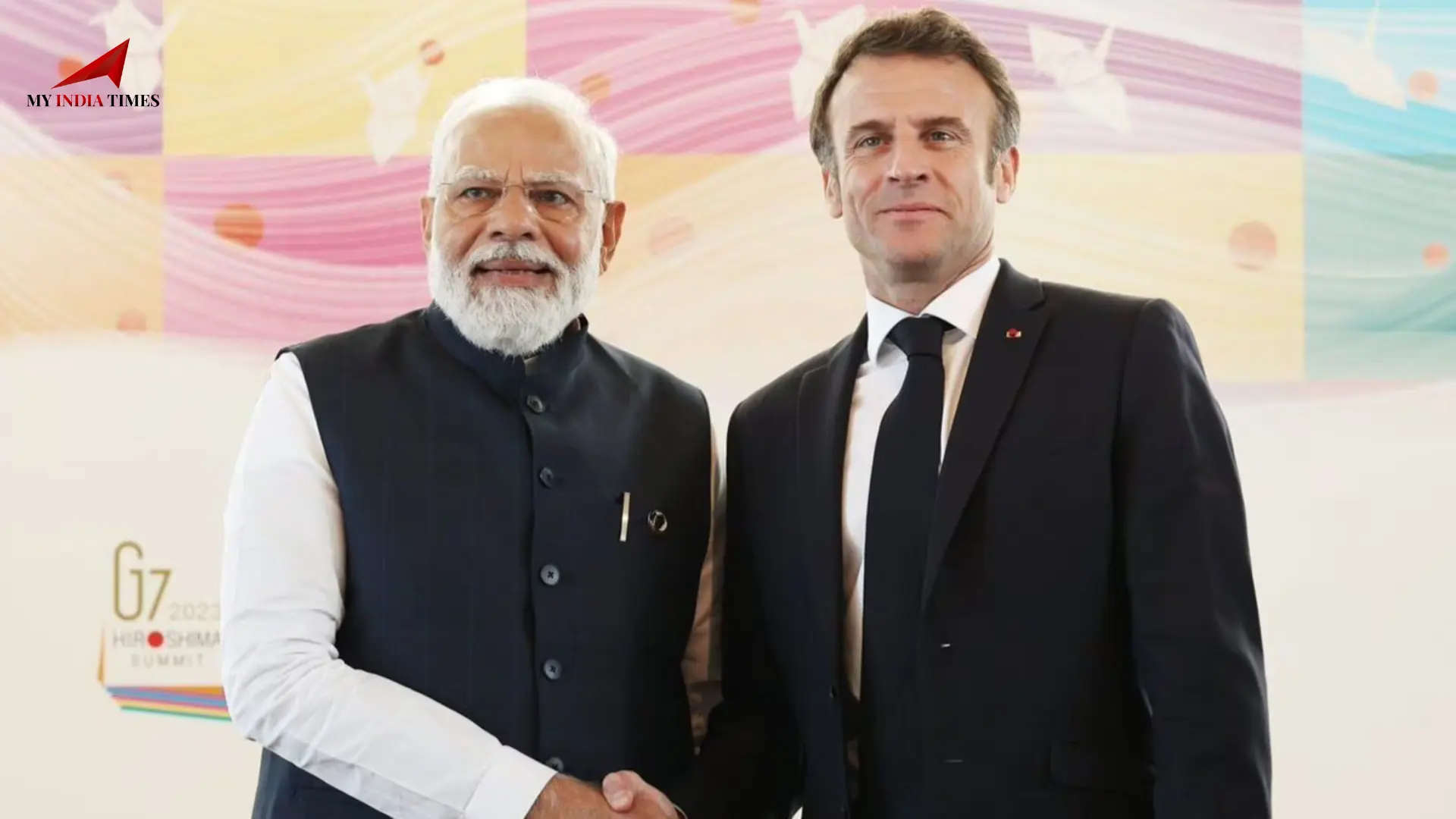



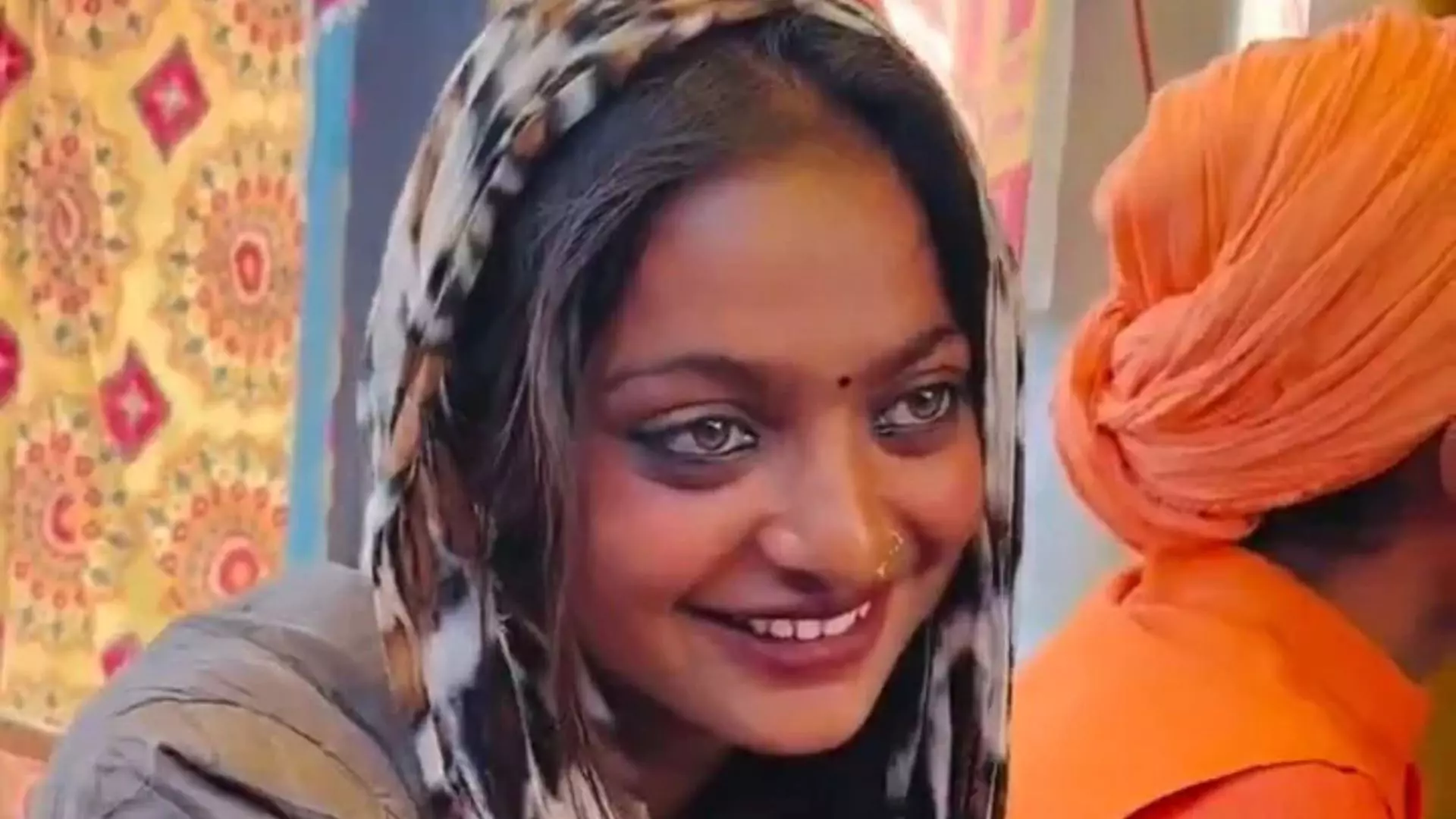

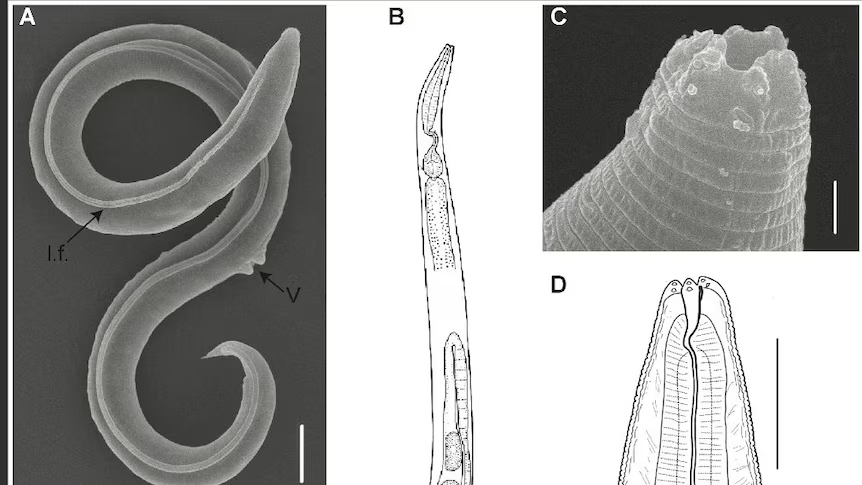
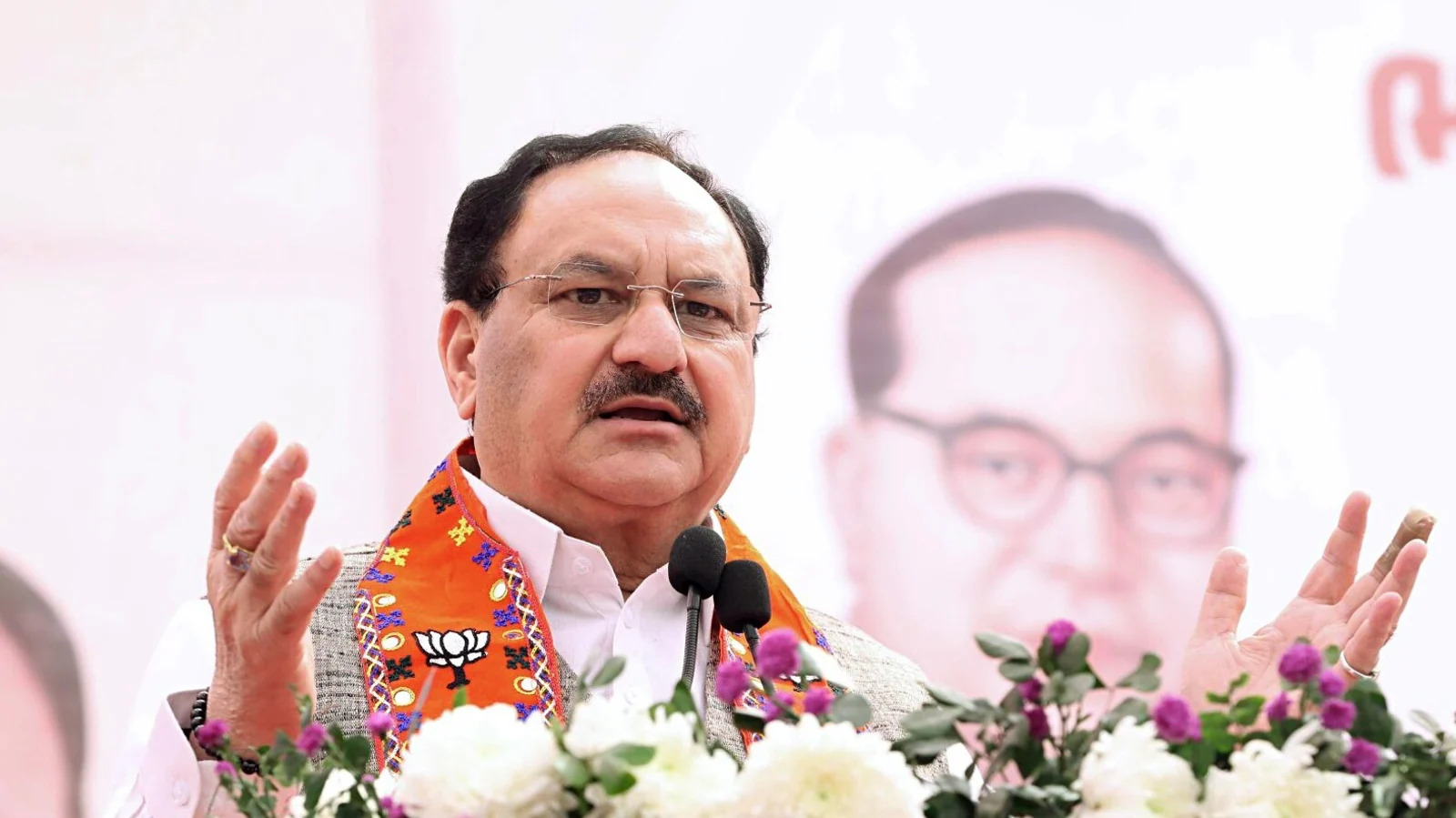


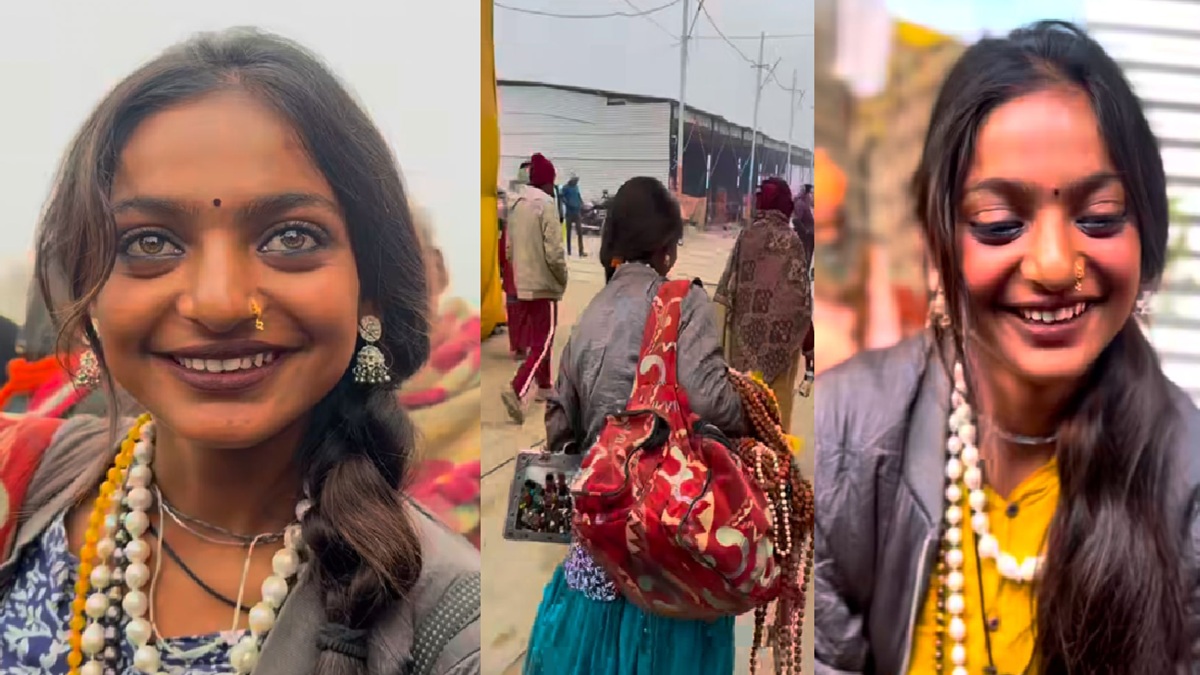
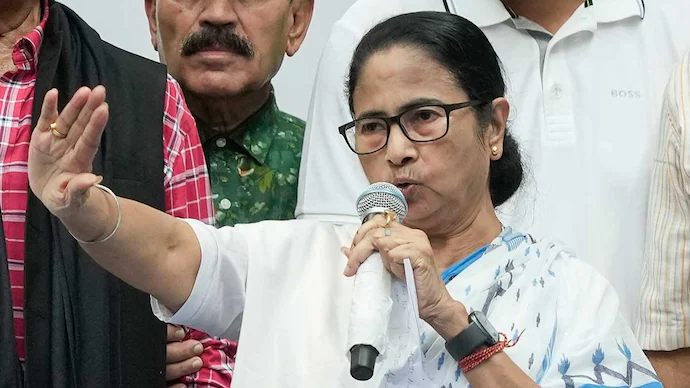
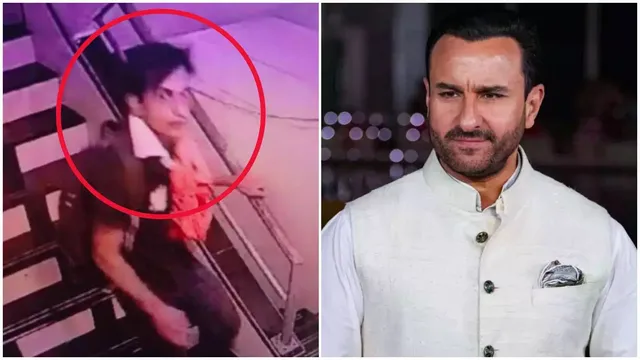

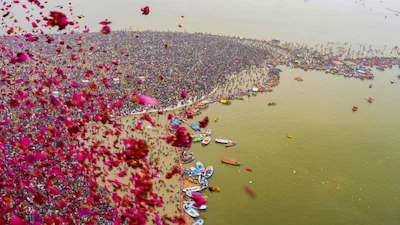



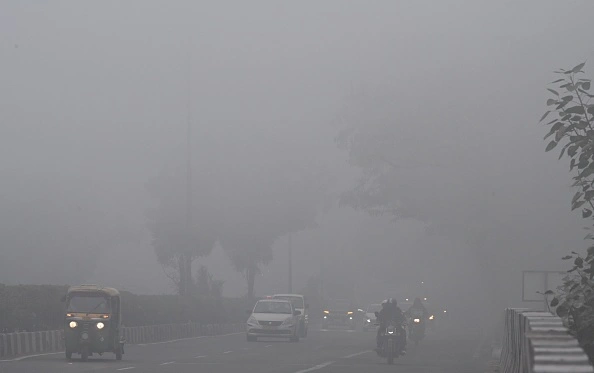


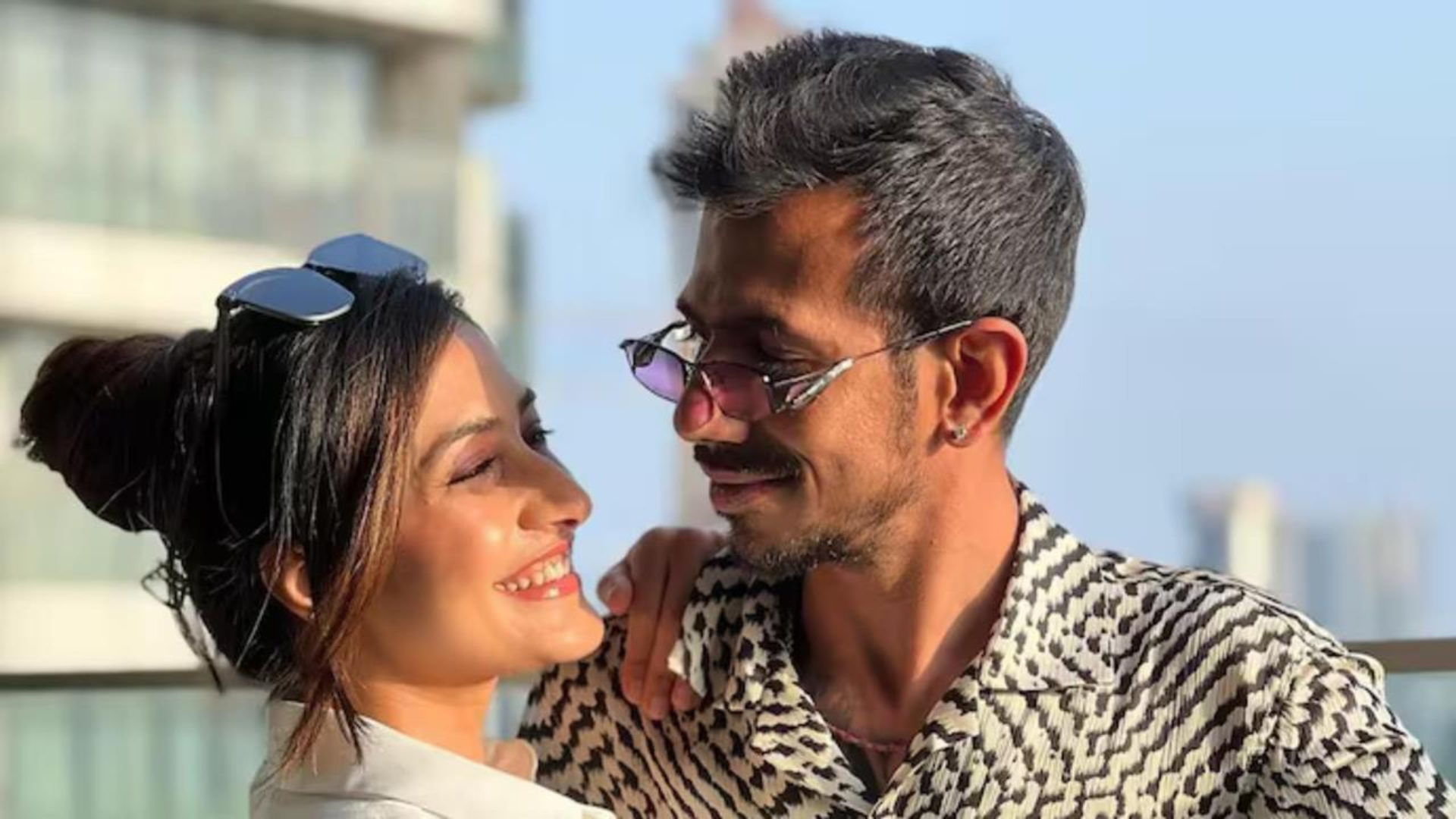
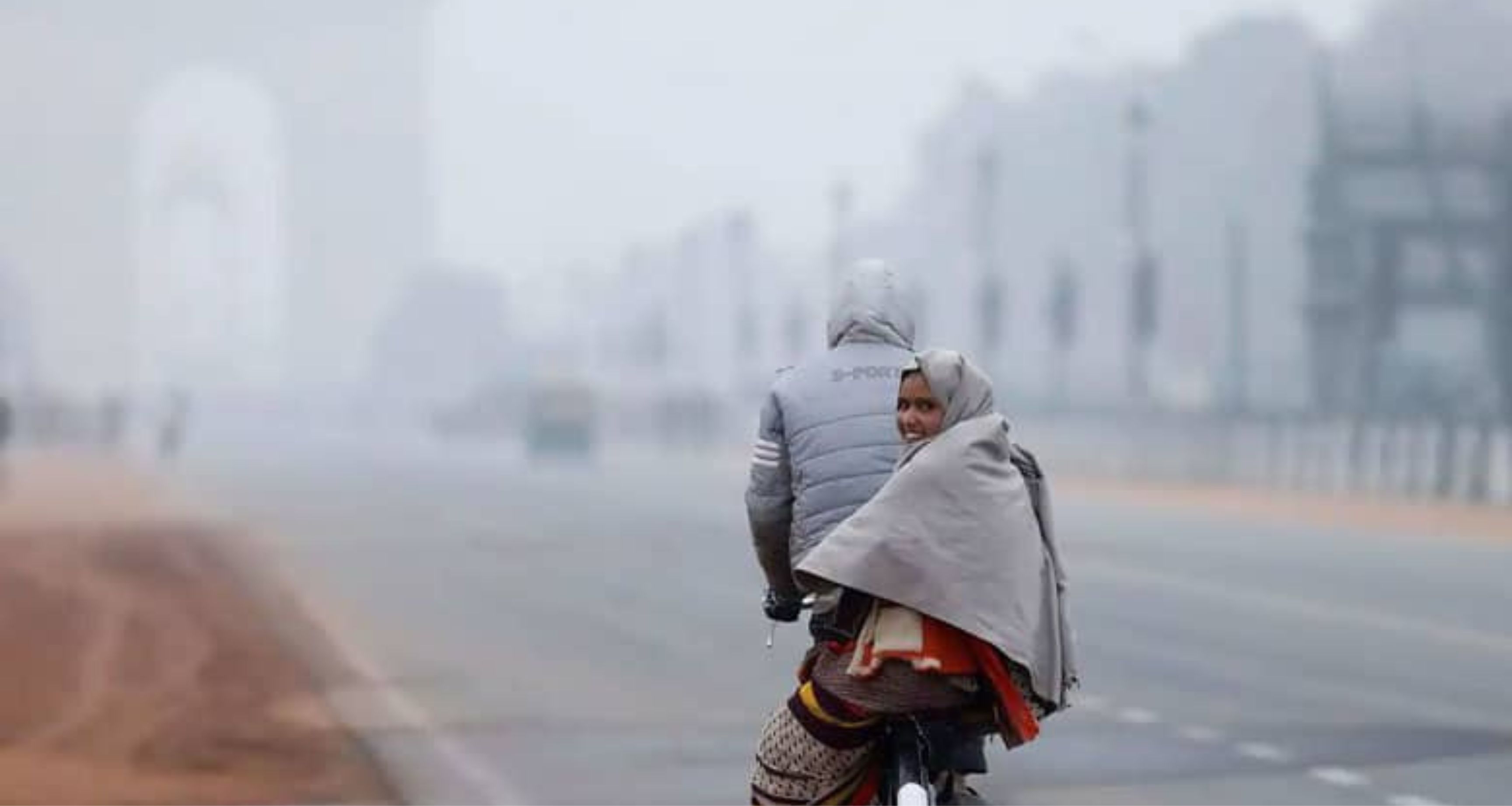

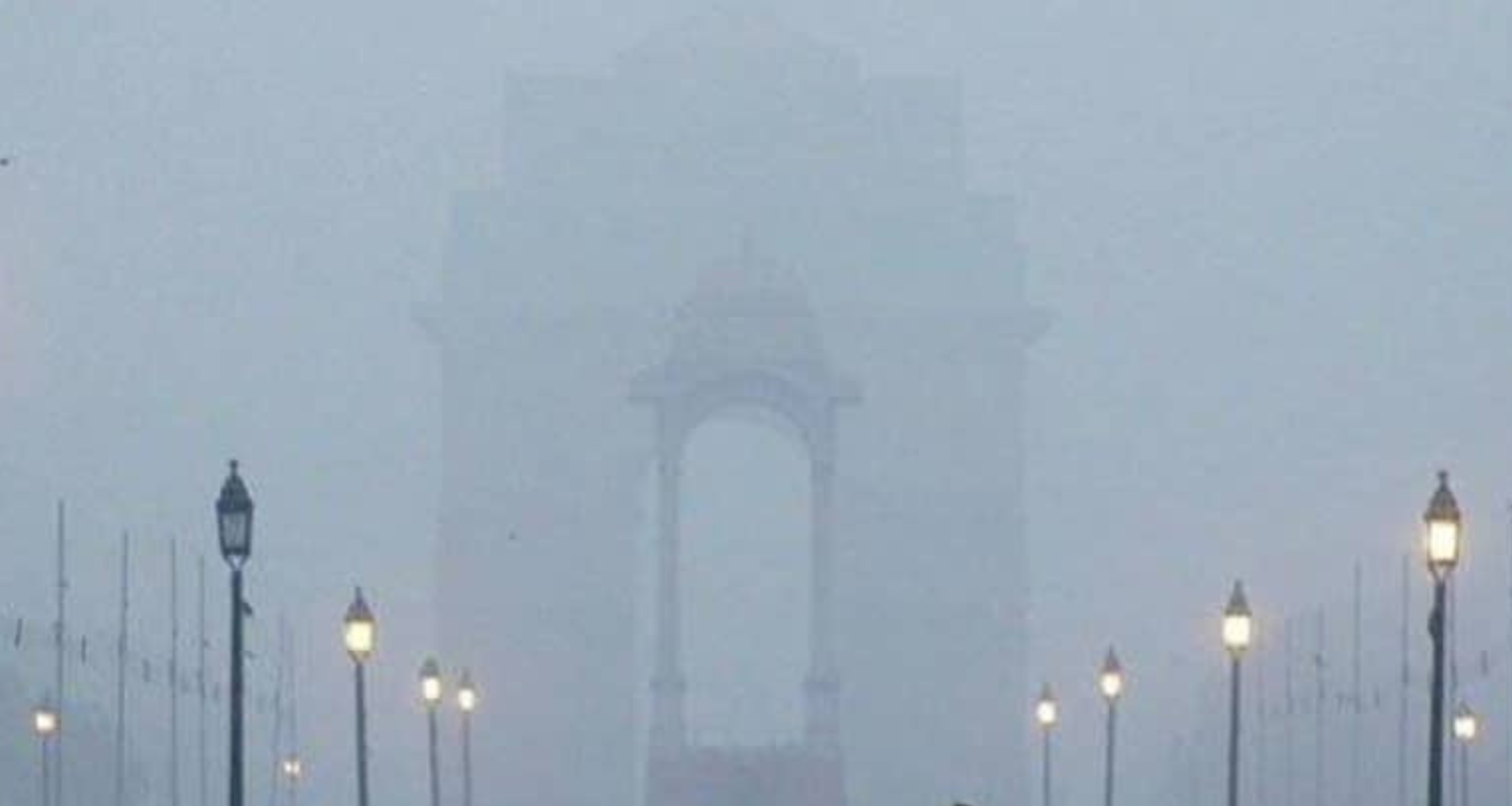
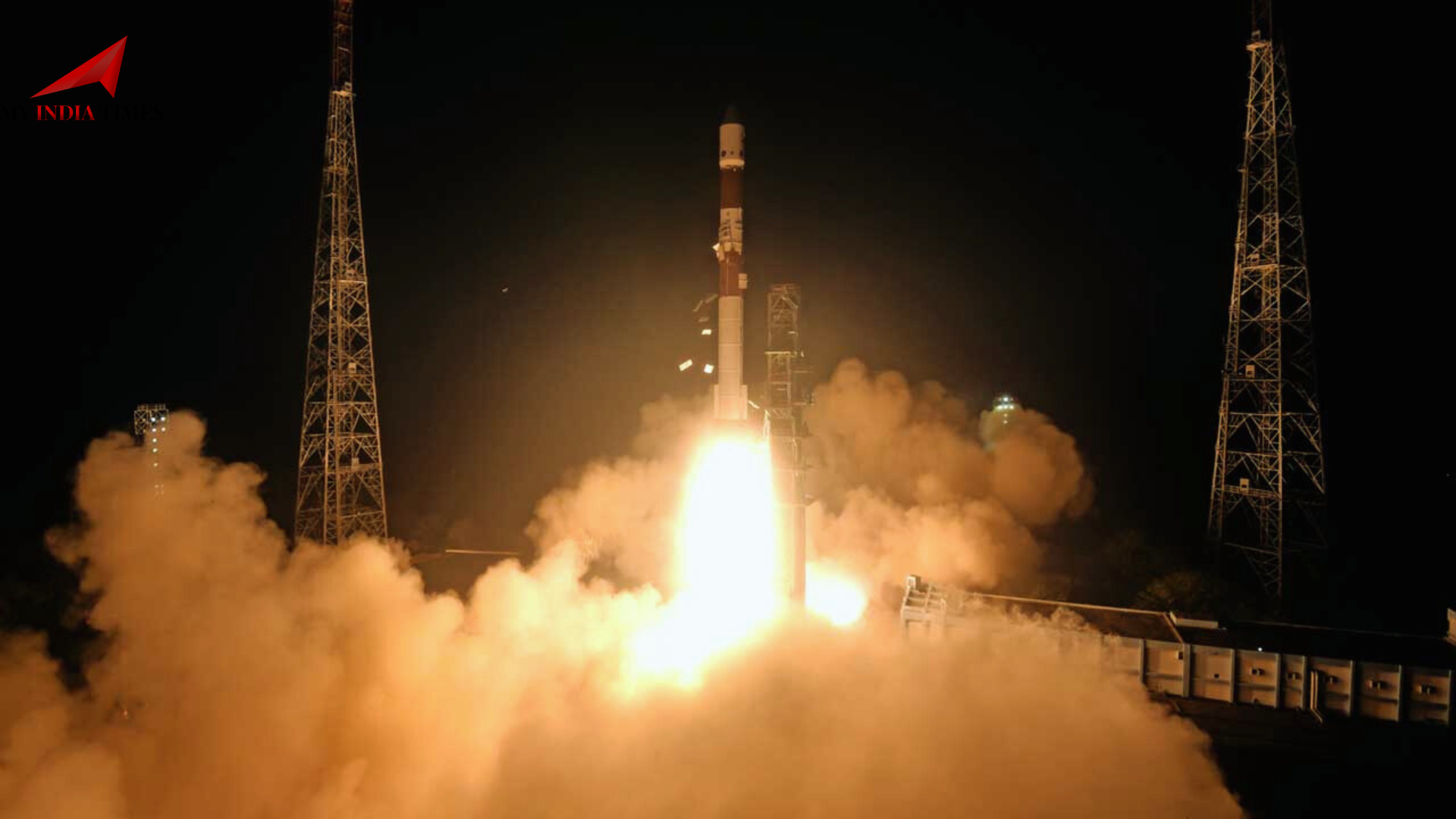
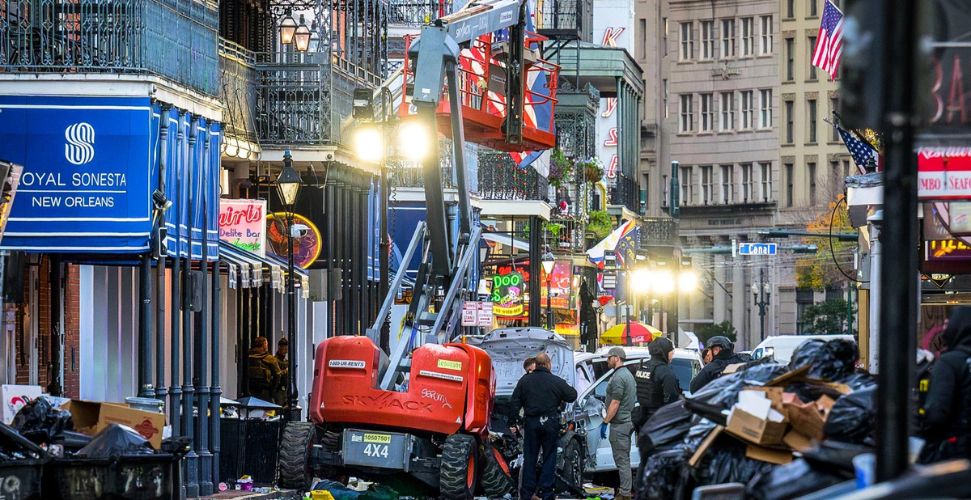
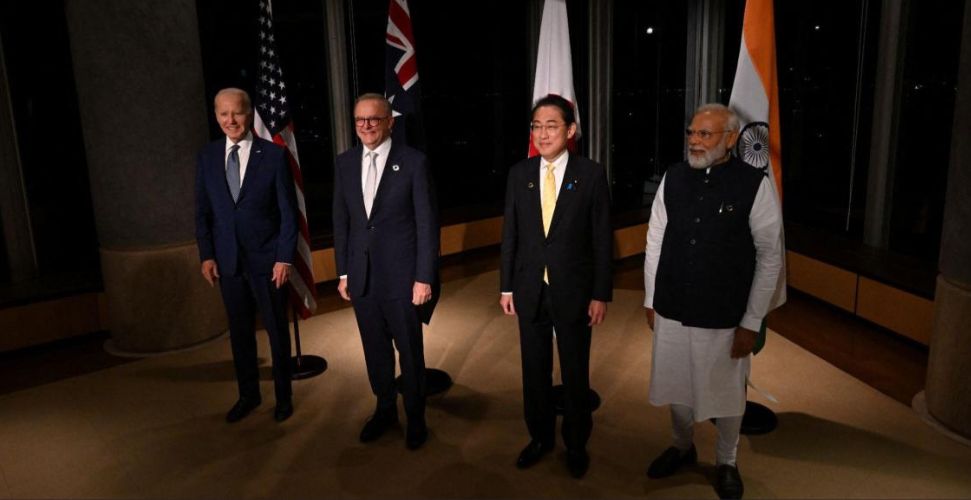
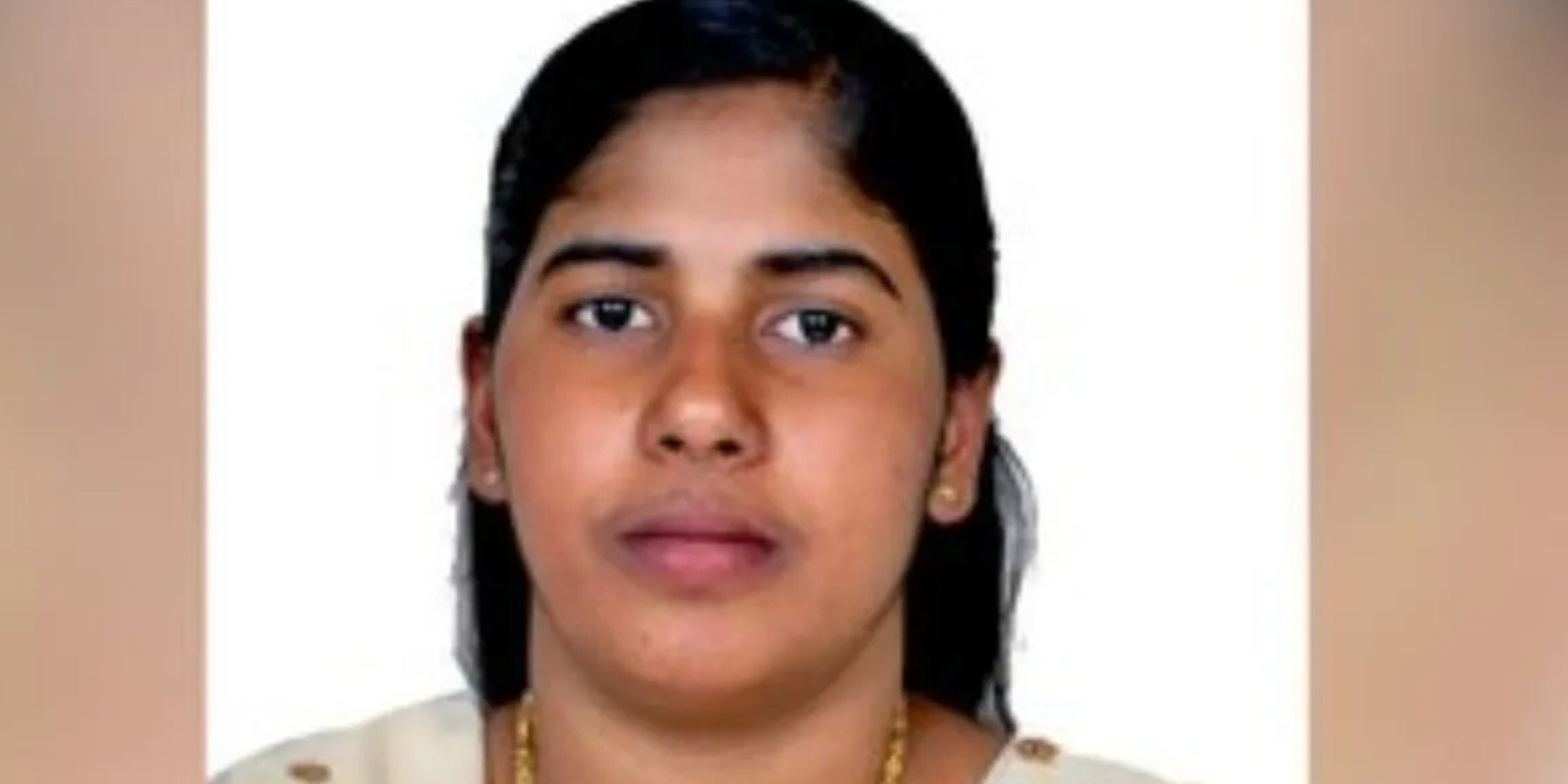

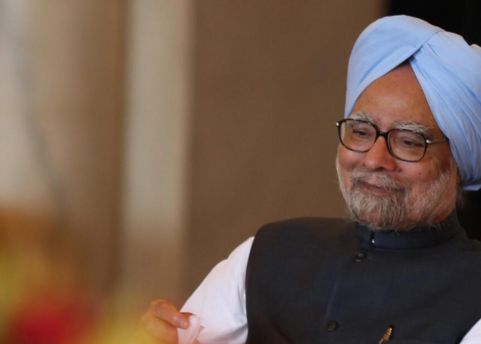

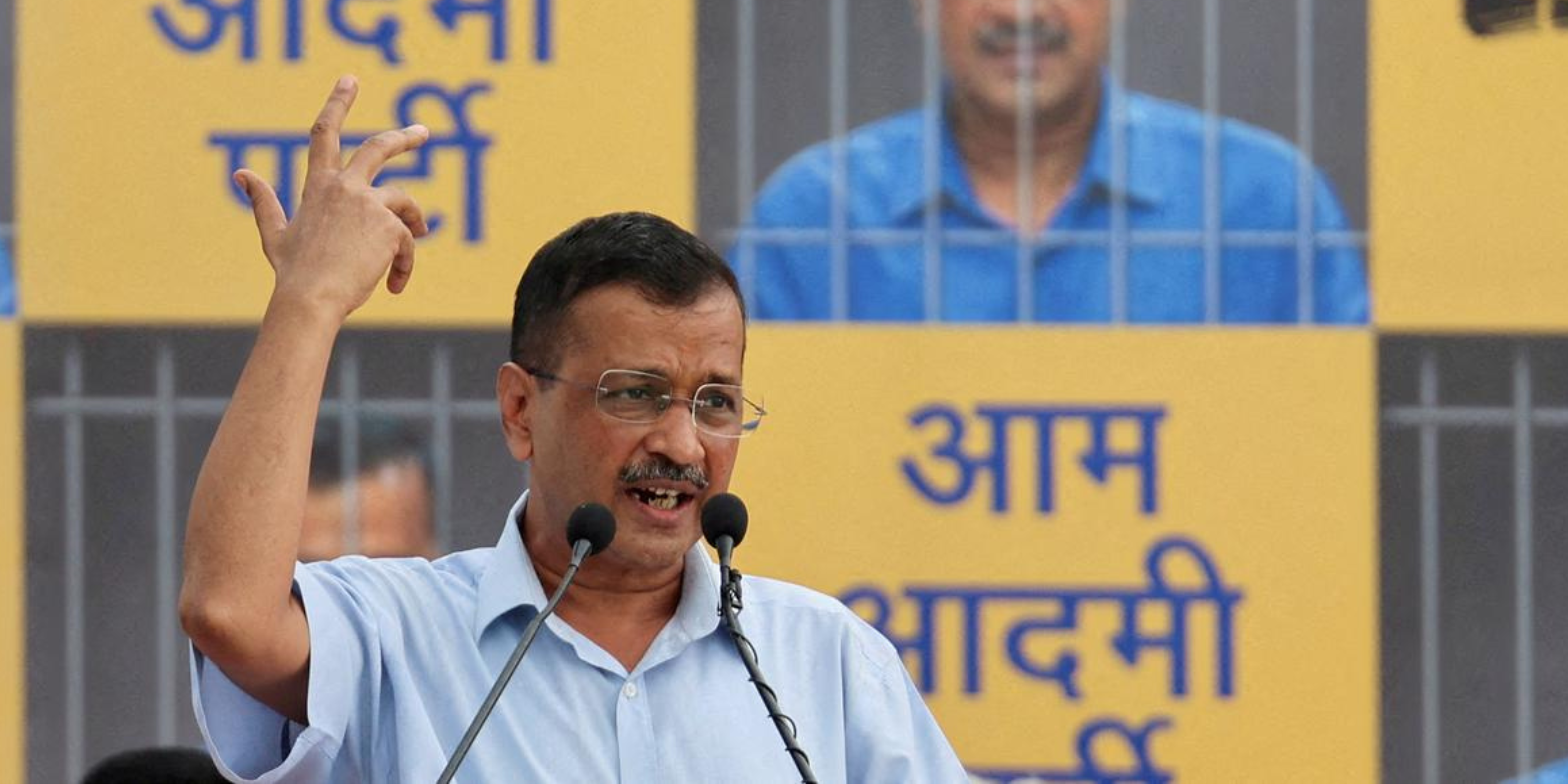

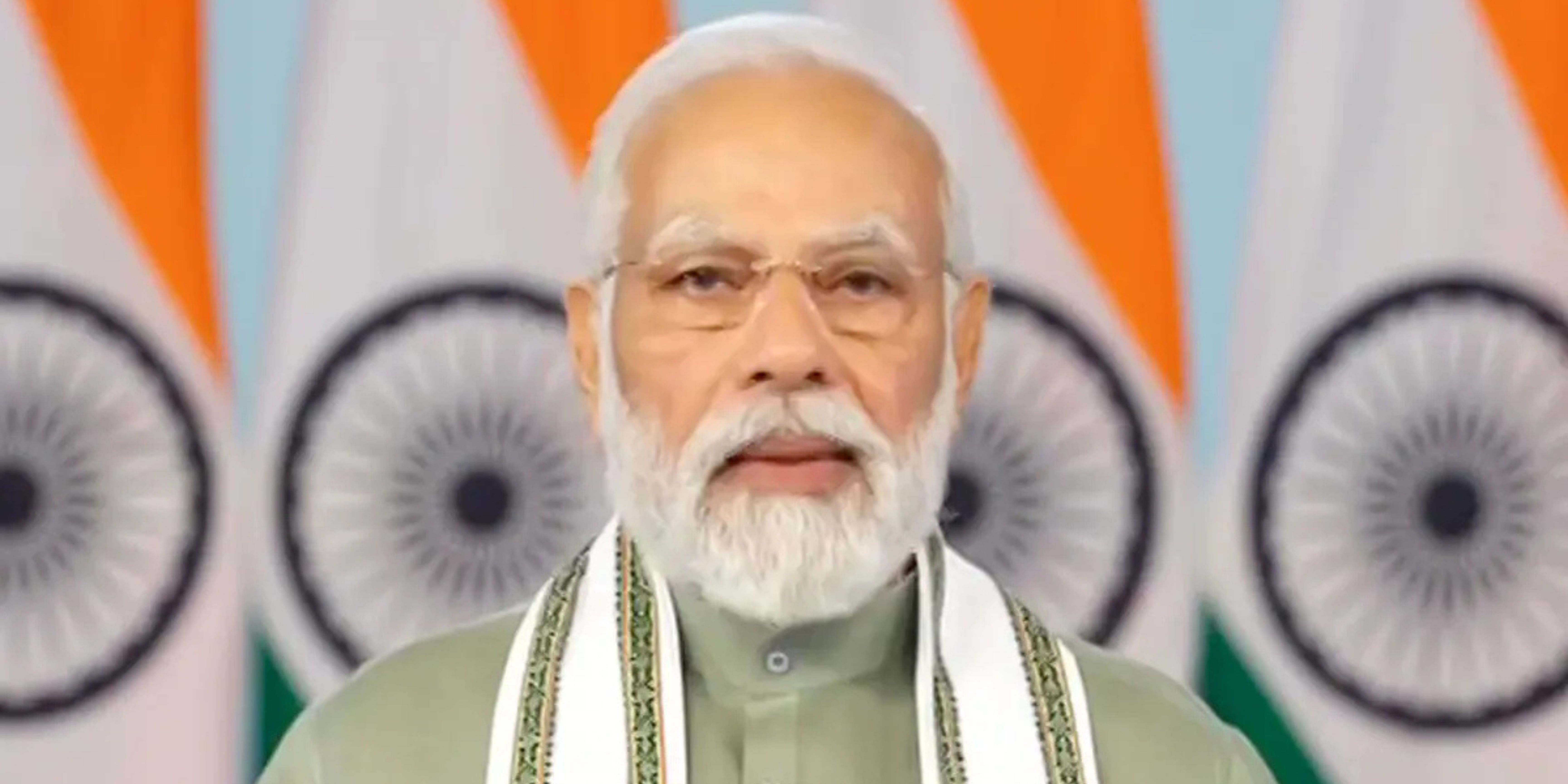





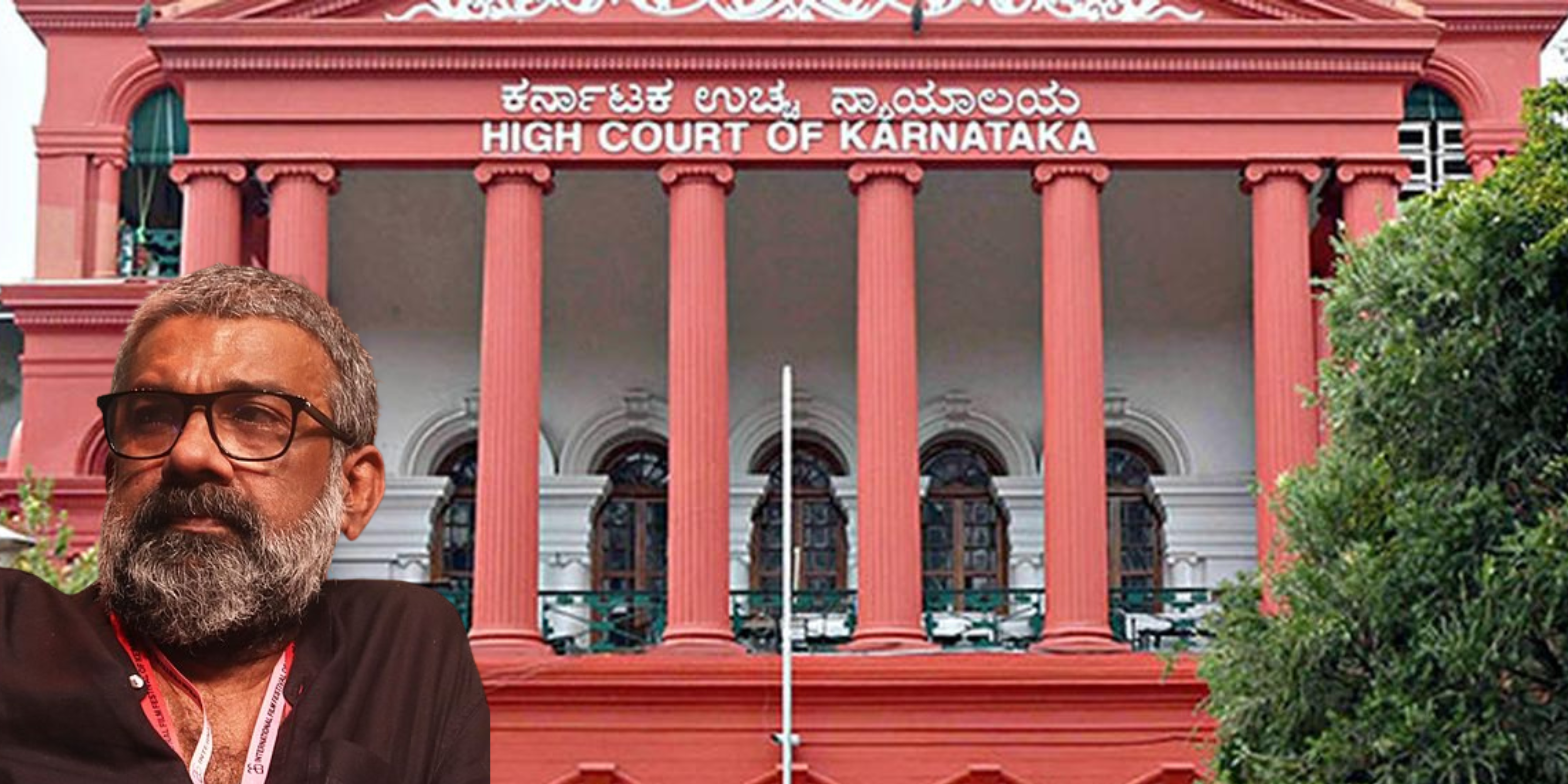
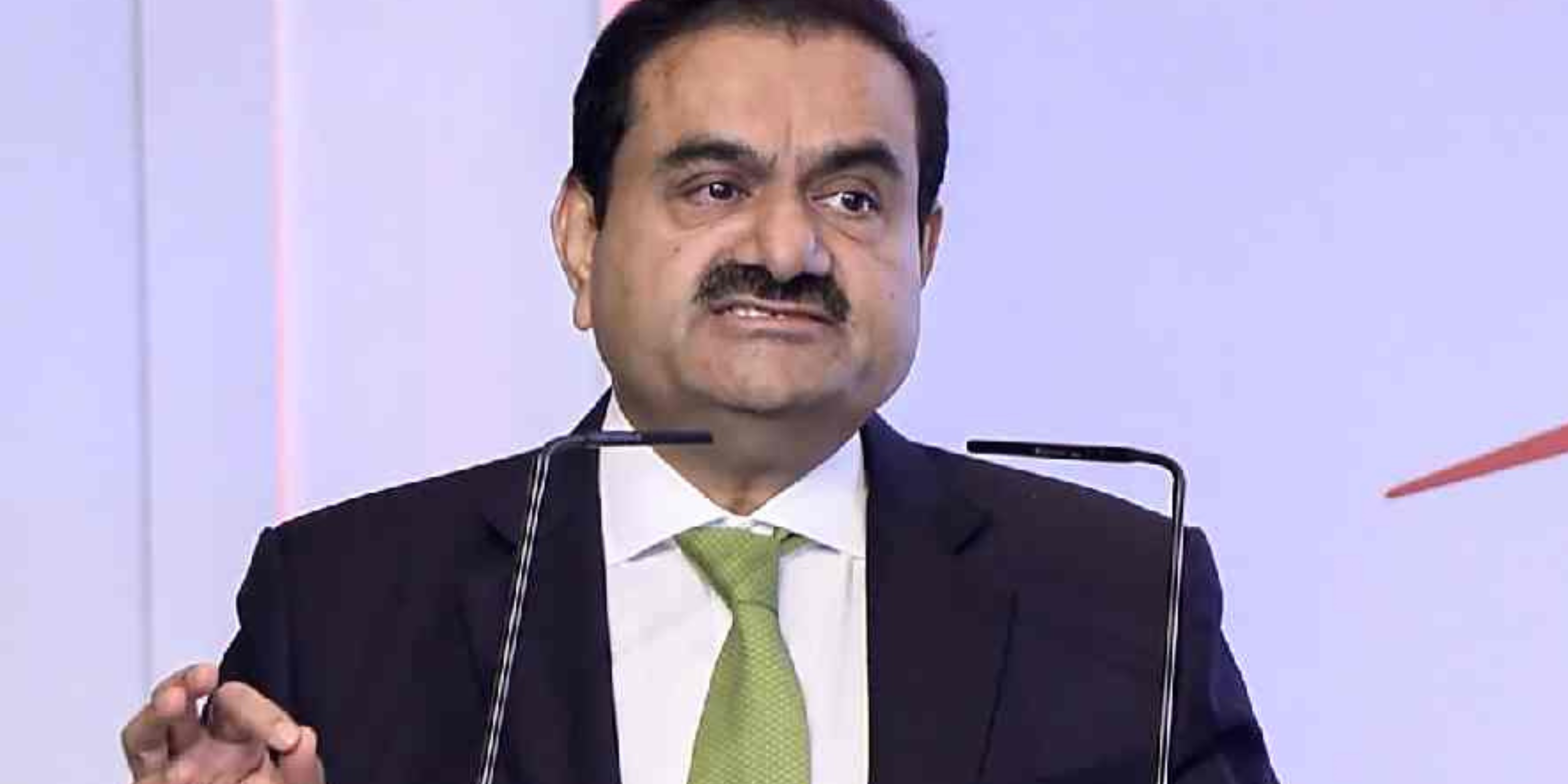

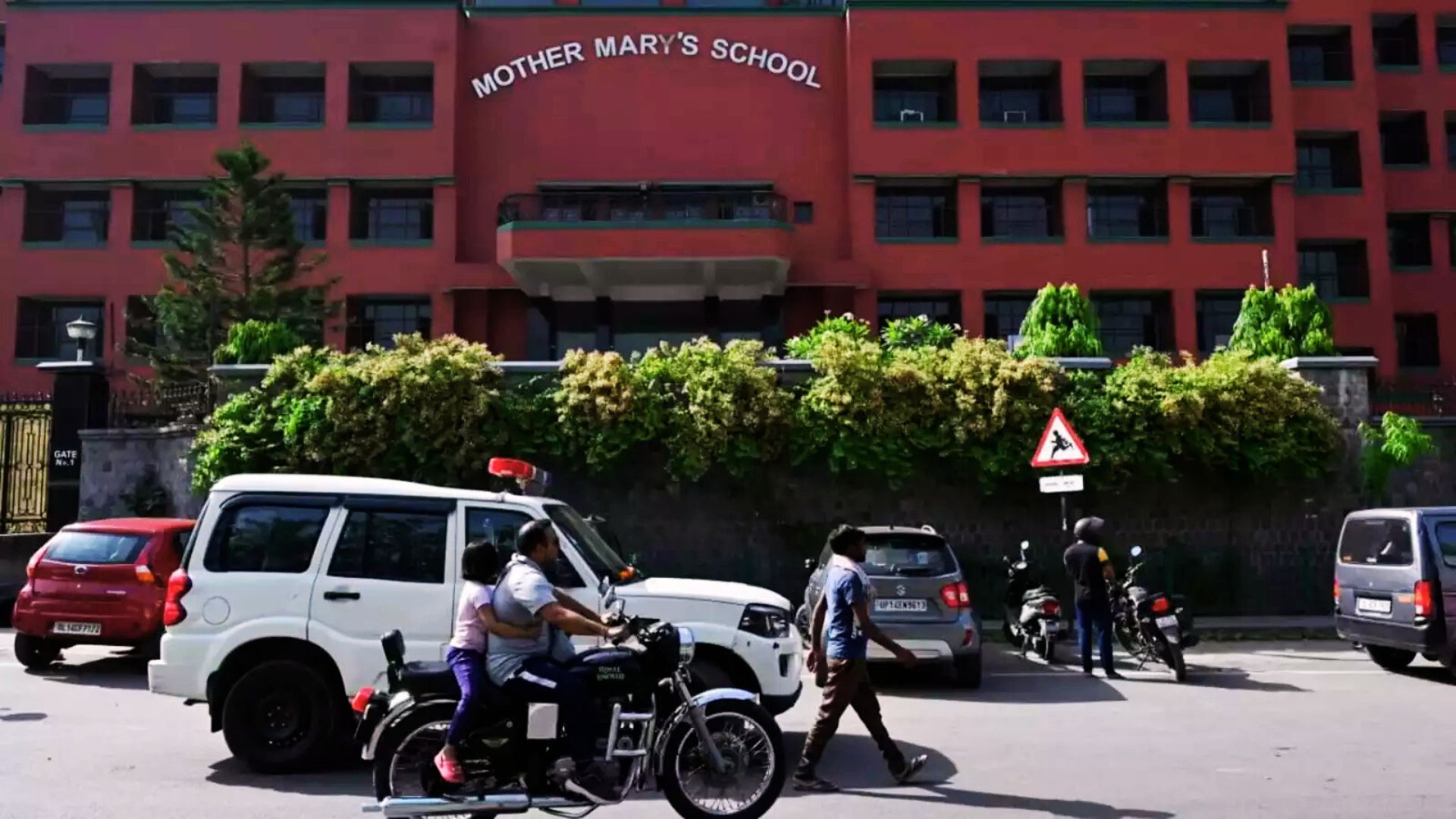

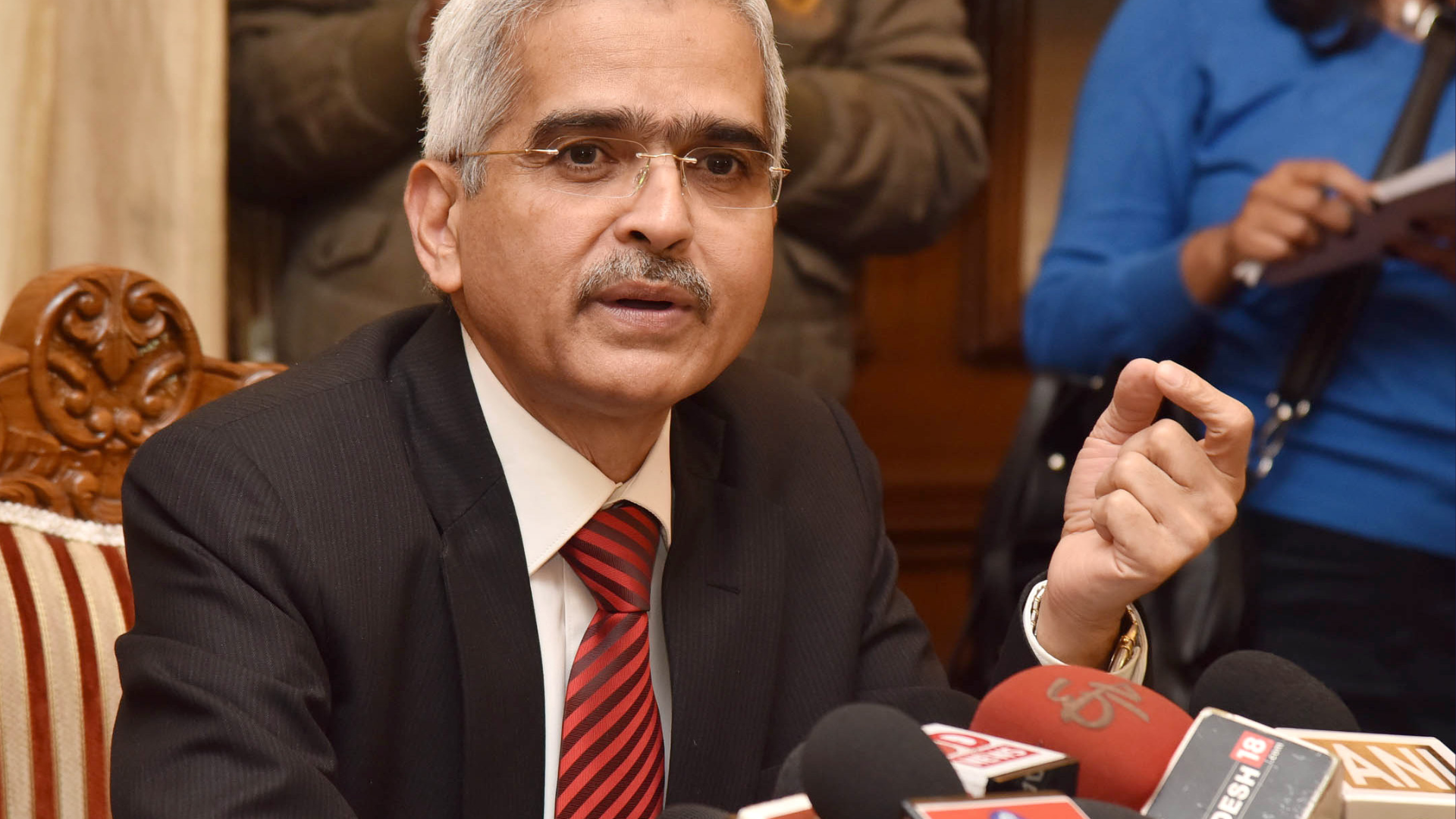
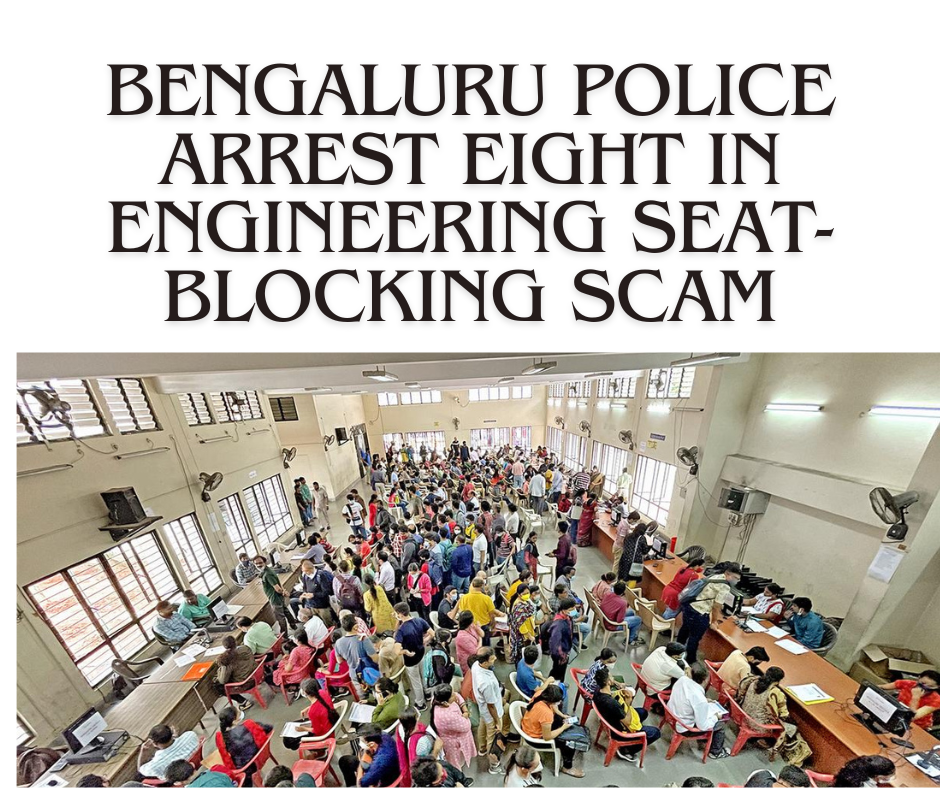
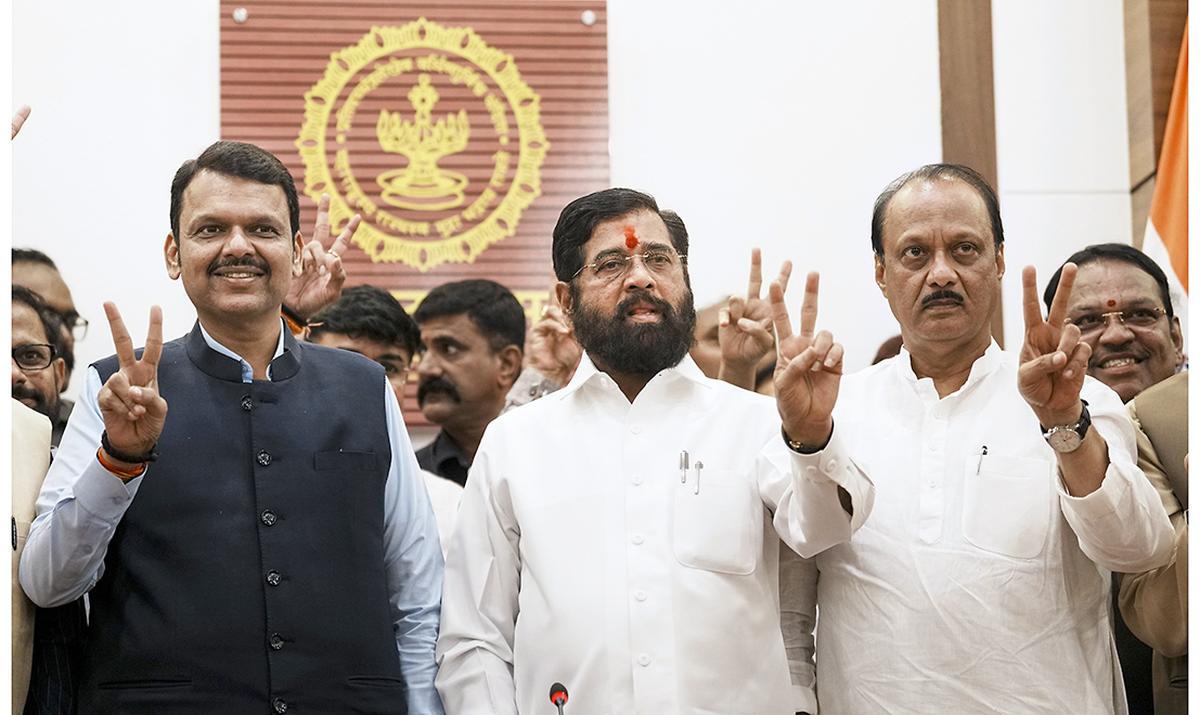
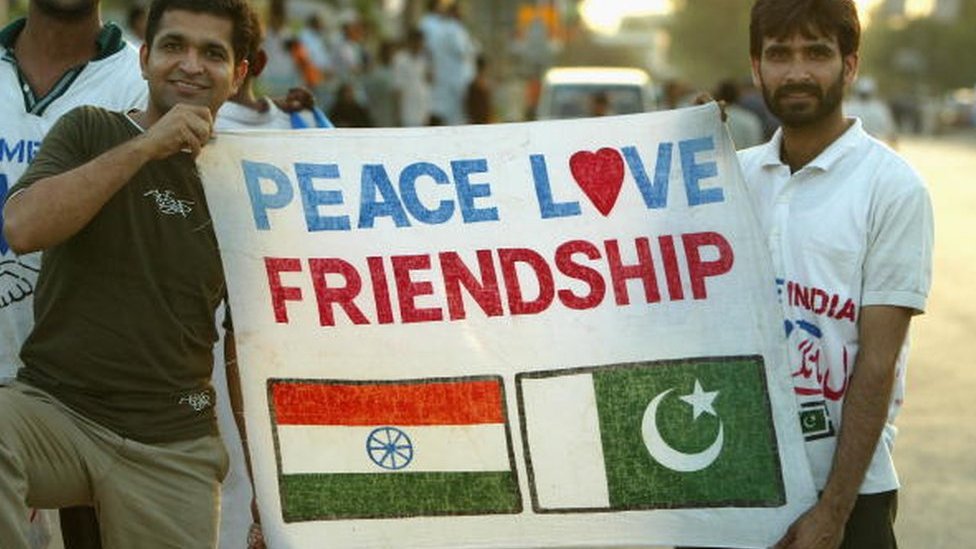
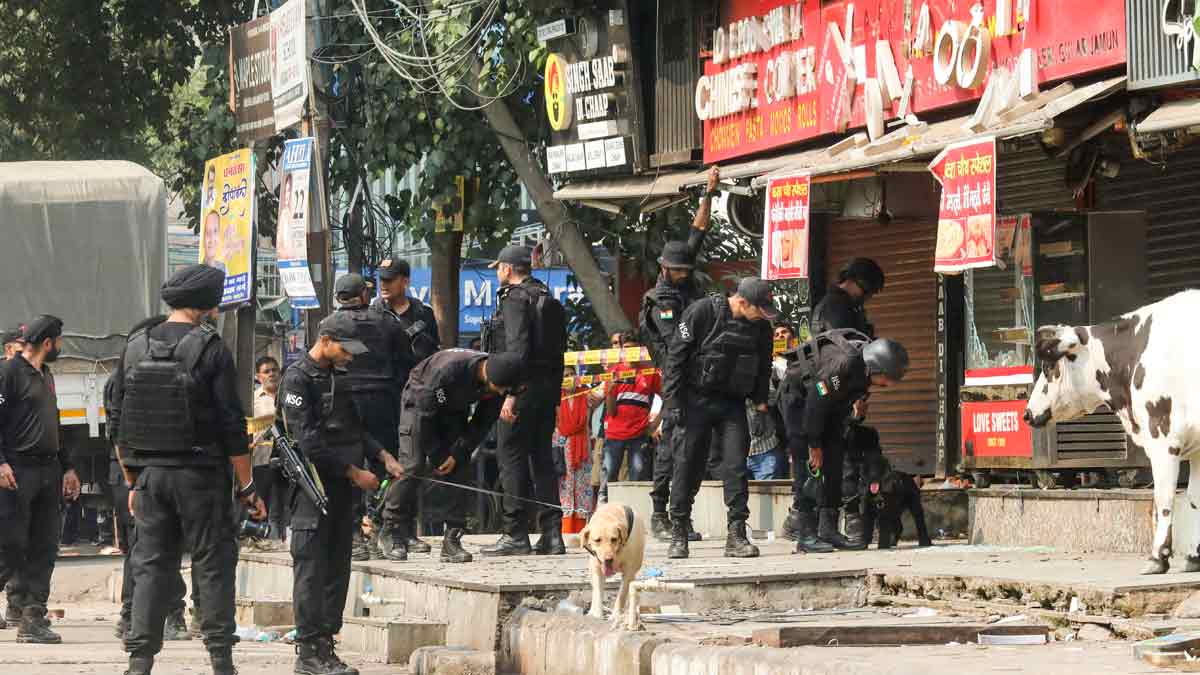


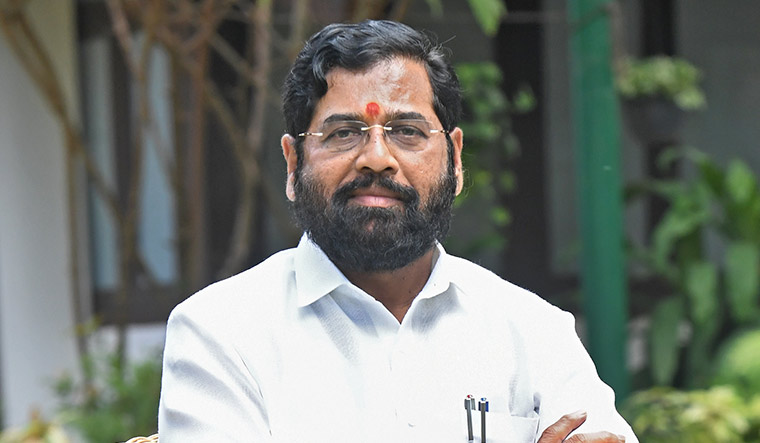
.png)
 (1).png)
